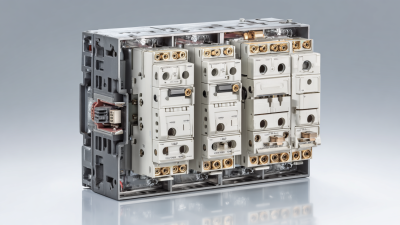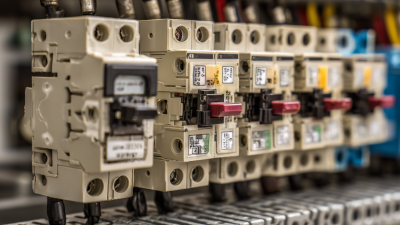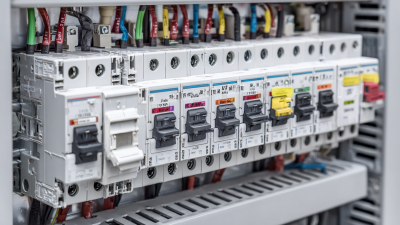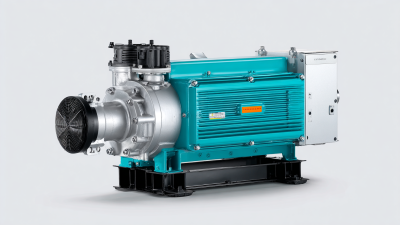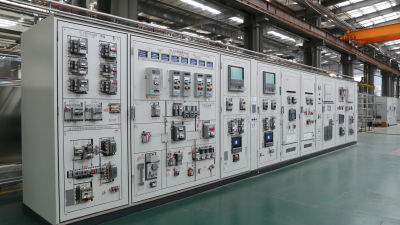Essential Checklist for Choosing the Right Residual Current Circuit Breaker
When it comes to ensuring the safety of electrical systems in both residential and commercial settings, choosing the right Residual Current Circuit Breaker (RCCB) is crucial. An RCCB plays a vital role in preventing electric shock and reducing the risk of electrical fires by detecting imbalances in electrical current. However, with a plethora of options available in the market, selecting the most suitable RCCB can be daunting. This blog serves as a comprehensive guide, providing an essential checklist when it comes to choosing the right Residual Current Circuit Breaker for your specific needs. We will explore key factors to consider, such as the current rating, sensitivity level, and installation requirements, ensuring you make an informed decision that enhances safety and compliance. Whether you're a homeowner looking to upgrade your electrical safety measures or a professional seeking reliable solutions for clients, this guide will help you navigate the complexities of RCCB selection effectively.

Key Factors to Consider When Selecting a Residual Current Circuit Breaker
When selecting a Residual Current Circuit Breaker (RCCB), several key factors must be taken into consideration to ensure safety and efficiency. First, understanding the type of RCCB is crucial. There are various types, including Type AC, Type A, and Type B, each designed for different applications.
According to the International Electrotechnical Commission (IEC), Type A RCCBs are essential for detecting both alternating and pulsating direct currents, which is vital in households using appliances with electronic components. This differentiation can significantly enhance electrical safety.
Another important aspect is the rated residual current. The current ratings usually range from 30mA to 300mA, with 30mA being the most common for personal protection against electric shocks. A report from the National Fire Protection Association (NFPA) indicates that approximately 60% of electrical fires could be prevented with the proper installation of RCCBs with these ratings. Furthermore, consider the breaking capacity and installation environment. Selecting an RCCB with the correct breaking capacity ensures that it can handle potential fault currents, while those designed for harsher environments (like IP rated units) can withstand moisture and dust, thereby extending the life of the breaker.
Understanding the Different Types of RCDs and Their Applications
When selecting a residual current device (RCD), it's crucial to understand the various types available and their specific applications. RCDs are classified primarily into two categories: Type AC, which detects alternating current residuals, and Type A, which is designed to detect both AC and pulsating DC currents. According to the International Electrotechnical Commission (IEC), approximately 30% of electrical accidents can be prevented by using the correct type of RCD. For environments where electronic appliances generate residual currents, Type A RCDs are highly recommended due to their sensitivity to a range of current types.
 Furthermore, Type B RCDs are designed for industrial settings that handle smooth DC currents, often found in solar panels and electric vehicle charging stations. Research by the Electrical Safety Foundation International indicates that using the appropriate RCD can reduce the risk of electrocution by up to 67%. This data highlights the importance of not only choosing the right type of RCD but also understanding the specific environments in which they operate. By considering these factors, consumers and electrical professionals can significantly enhance safety and compliance in their electrical installations.
Furthermore, Type B RCDs are designed for industrial settings that handle smooth DC currents, often found in solar panels and electric vehicle charging stations. Research by the Electrical Safety Foundation International indicates that using the appropriate RCD can reduce the risk of electrocution by up to 67%. This data highlights the importance of not only choosing the right type of RCD but also understanding the specific environments in which they operate. By considering these factors, consumers and electrical professionals can significantly enhance safety and compliance in their electrical installations.
Importance of Current Ratings in Choosing an RCD
When selecting a Residual Current Circuit Breaker (RCD), understanding the importance of current ratings is crucial. Current ratings determine the maximum operational capacity of an RCD, typically expressed in amperes (A). According to the International Electrotechnical Commission (IEC), the appropriate current rating for RCDs should be aligned with the expected load, as exceeding this limit can lead to nuisance tripping or failure to operate during actual fault conditions. For instance, homes typically employ RCDs rated between 30A to 100A, depending on the number of appliances and overall electrical load.
Moreover, the current ratings also affect the RCD's trip sensitivity, which is essential for protection against electric shocks. The standard sensitivity ratings often used are 30mA for personal protection in residential applications and 100mA for fire protection in commercial settings. A report by the Electrical Safety Council highlights that approximately 70% of electric shock incidents could be prevented through the use of correctly rated RCDs. By choosing an RCD with appropriate current ratings, users can ensure not only the safety of individuals but also enhance the longevity and reliability of their electrical systems.
Essential Checklist for Choosing the Right Residual Current Circuit Breaker
This chart illustrates the importance of current ratings when selecting a Residual Current Device (RCD). The data showcases the maximum load ratings in Amperes for various applications, helping users understand the appropriate RCD rating needed for different scenarios.
Evaluating Additional Features for Enhanced Safety and Convenience
When selecting a residual current circuit breaker (RCCB), evaluating additional features can significantly enhance safety and convenience. According to the International Electrotechnical Commission (IEC), approximately 30% of electrical accidents are caused by ground faults, highlighting the critical role RCCBs play in preventing electrical shocks. Modern RCCBs come equipped with advanced features such as self-test functionalities. These functions automatically check the operating condition of the device, ensuring it is working correctly without requiring manual checks, thereby providing an added layer of safety.
Moreover, some RCCBs feature a choice of sensitivity ratings. Devices with lower sensitivity levels (e.g., 30 mA) are suitable for protecting against direct contact, while those with higher ratings (e.g., 100 mA) offer additional protection against fire hazards caused by earth faults, as noted in a report by the National Fire Protection Association (NFPA). Furthermore, integrated surge protection in RCCBs can safeguard against voltage spikes, a crucial feature in areas prone to electrical surges due to lightning or grid irregularities. These considerations not only foster a more secure electrical environment but also contribute to the longevity and reliability of electrical installations.
Essential Checklist for Choosing the Right Residual Current Circuit Breaker - Evaluating Additional Features for Enhanced Safety and Convenience
| Feature |
Importance |
Considerations |
| Type of RCD (2-pole, 4-pole) |
High |
Select based on system configuration |
| Rated Current (A) |
High |
Ensure it matches circuit load requirements |
| Sensitivity Rating (30mA, 100mA) |
Very High |
30mA for personal protection, 100mA for equipment |
| Test Button |
Medium |
Should be easily accessible for regular testing |
| Reset Functionality |
High |
Automatic reset preferred for convenience |
| Environmental Rating (IP Rating) |
Medium |
Choose based on installation location (e.g., indoor/outdoor) |
| Surge Protection |
High |
Integrated surge protection helps prevent damage |
Tips for Proper Installation and Maintenance of RCDs
When installing a Residual Current Circuit Breaker (RCD), proper installation is crucial to ensure safety and functionality. Begin by examining the specifications of the RCD to match the electrical system’s requirements. It’s imperative to choose an RCD that is suitable for the type of circuits you are protecting, whether it be for residential, commercial, or industrial use. During installation, ensure that the RCD is connected correctly to the phase and neutral wires, paying close attention to polarity. A common mistake is miswiring, which can lead to failure in protecting against earth faults.

Maintenance of RCDs is equally important to ensure long-term reliability. Regular testing is key; it’s recommended to test the device every three months using the test button on the RCD itself. Observe its response; the device should trip immediately. If not, it may indicate a malfunction that requires immediate attention. Additionally, keep the area around the RCD free from dust and debris to prevent blockages or damage. Scheduling professional inspections at least once a year can help identify potential issues before they become significant problems, thus safeguarding not only your property but also the occupants' safety.

Home
About Us
Products
Terminal Power Distribution Electric
AC Miniature Circuit Breaker
 BY06H-125 MCB 10-15KA Miniature Circuit Breaker
BY06H-125 MCB 10-15KA Miniature Circuit Breaker
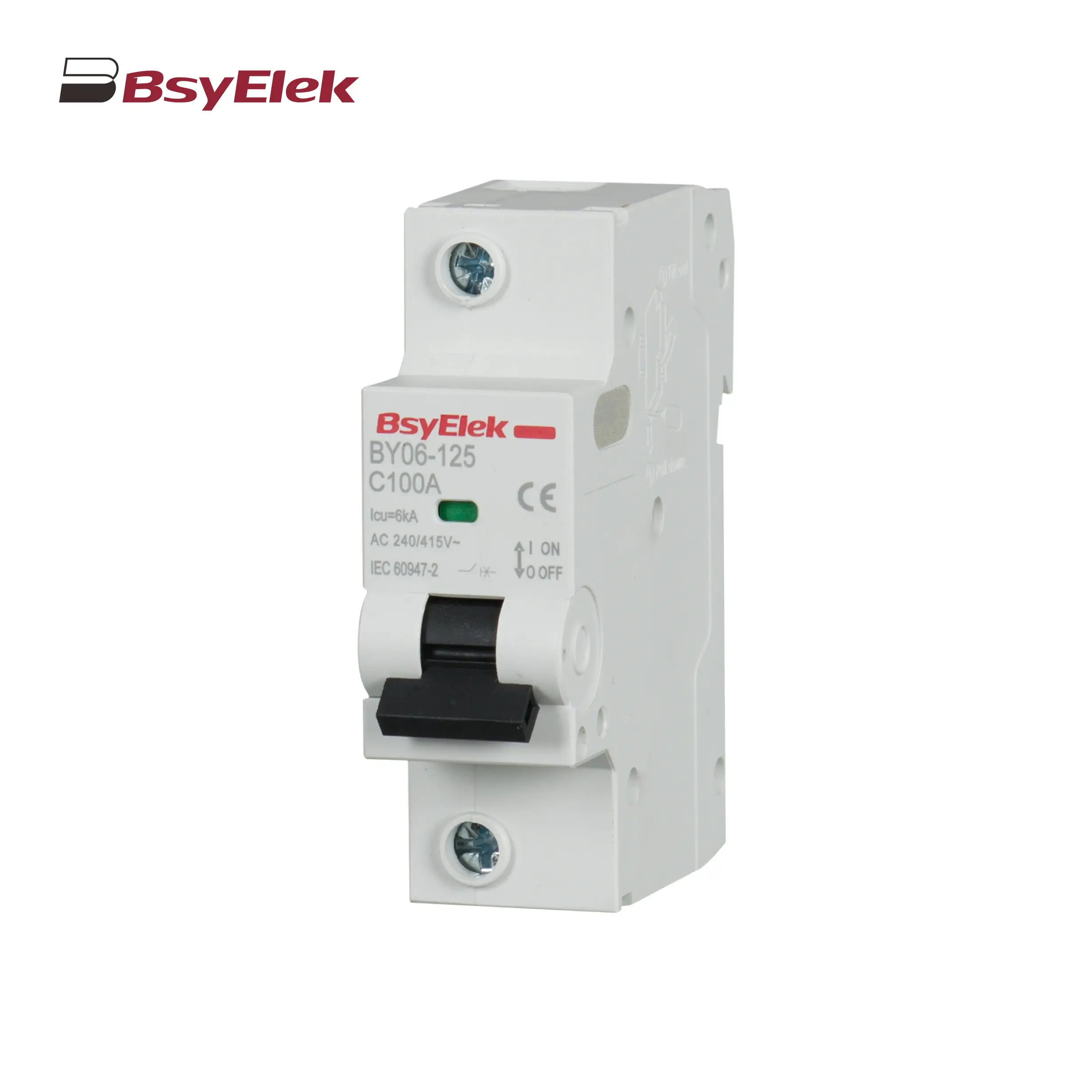 BY06-125 MCB 6KA Miniature Circuit Breaker
BY06-125 MCB 6KA Miniature Circuit Breaker
 BY05H-40 MCB Single Modular 6KA Miniature Circuit Breaker
BY05H-40 MCB Single Modular 6KA Miniature Circuit Breaker
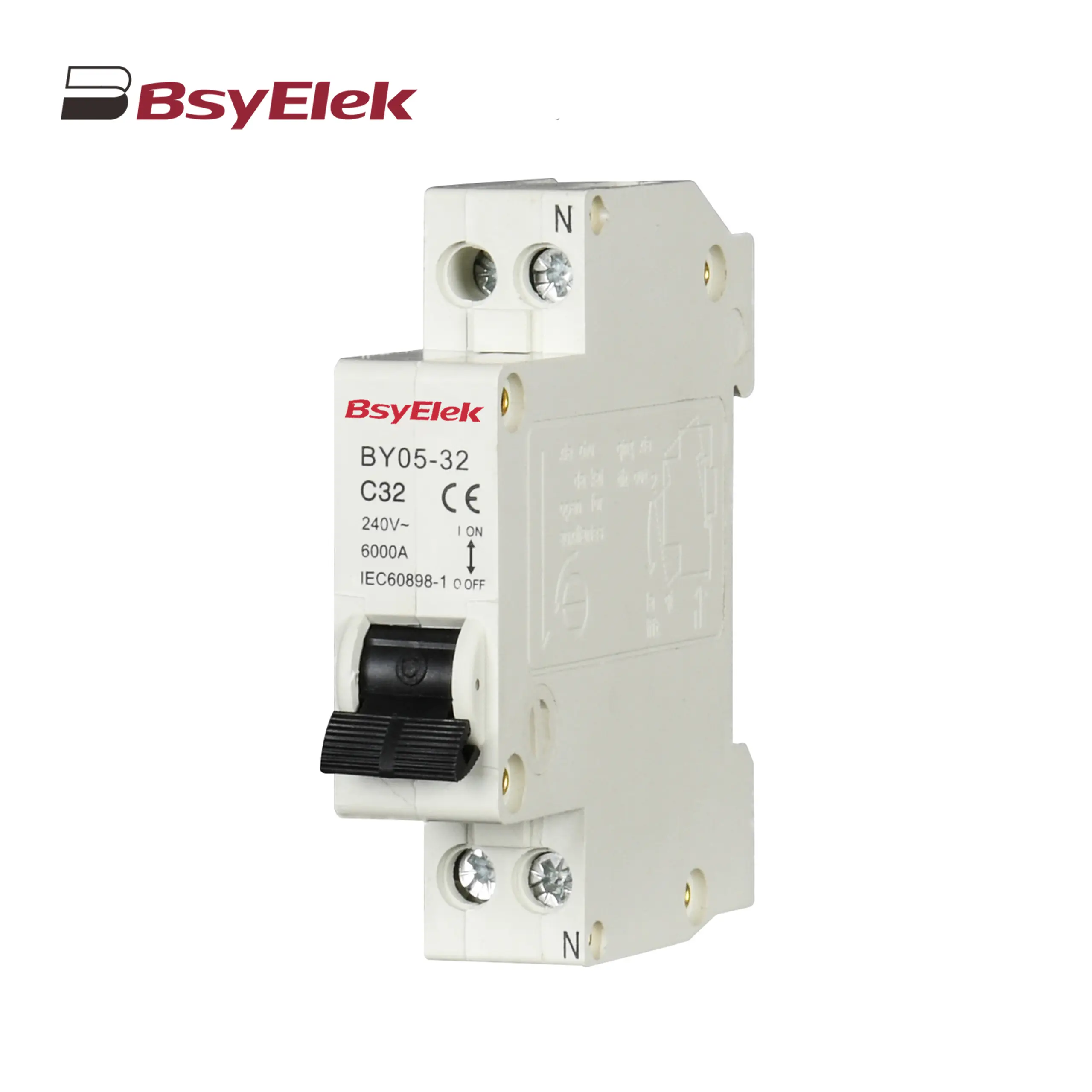 BY05-32 MCB Single Modular 3KA Miniature Circuit Breaker
BY05-32 MCB Single Modular 3KA Miniature Circuit Breaker
 BY04-63 MCB 6-10KA Miniature Circuit Breaker
BY04-63 MCB 6-10KA Miniature Circuit Breaker
 BY03H-63 MCB 6KA Miniature Circuit Breaker
BY03H-63 MCB 6KA Miniature Circuit Breaker
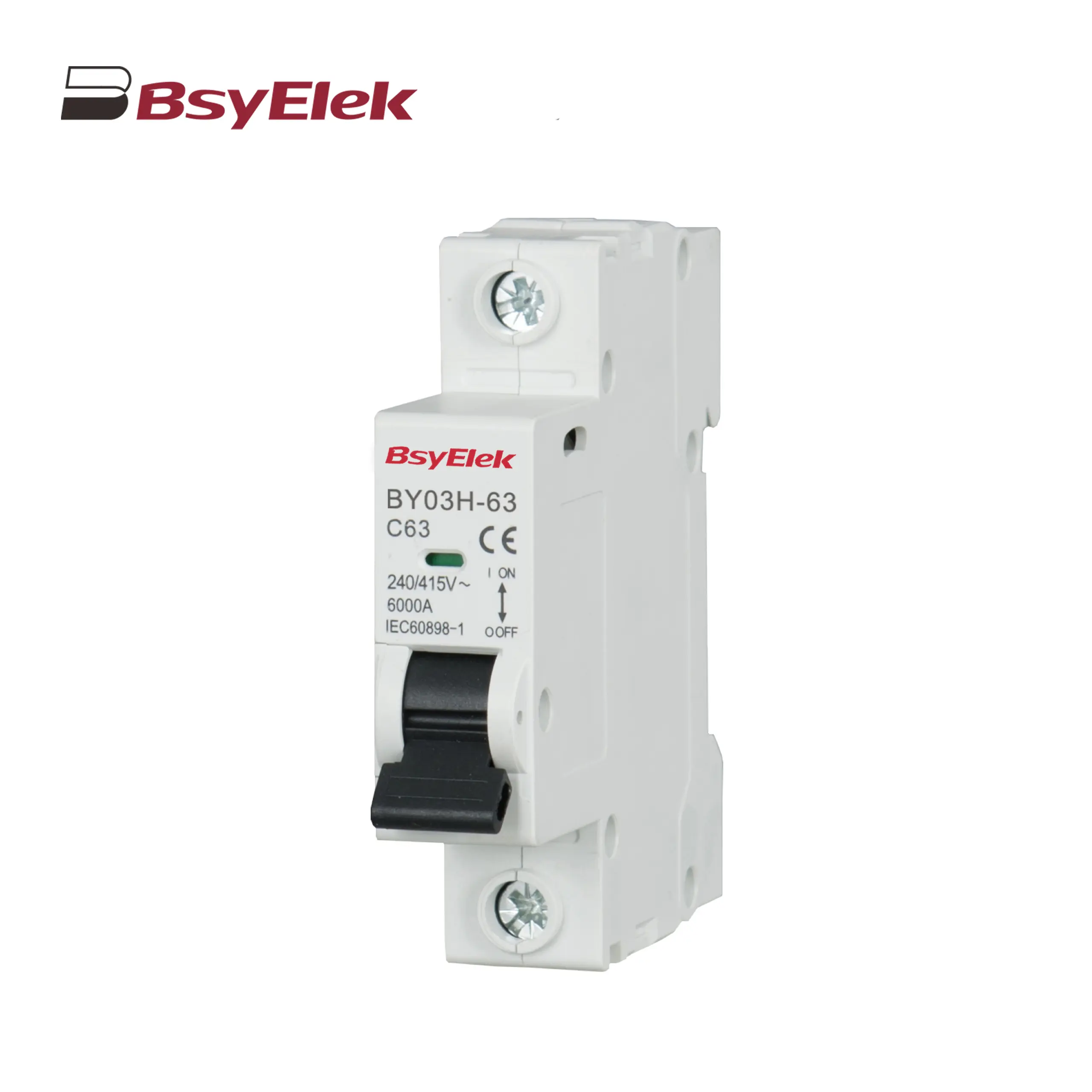 BY03-63 MCB 4.5KA Miniature Circuit Breaker
BY03-63 MCB 4.5KA Miniature Circuit Breaker
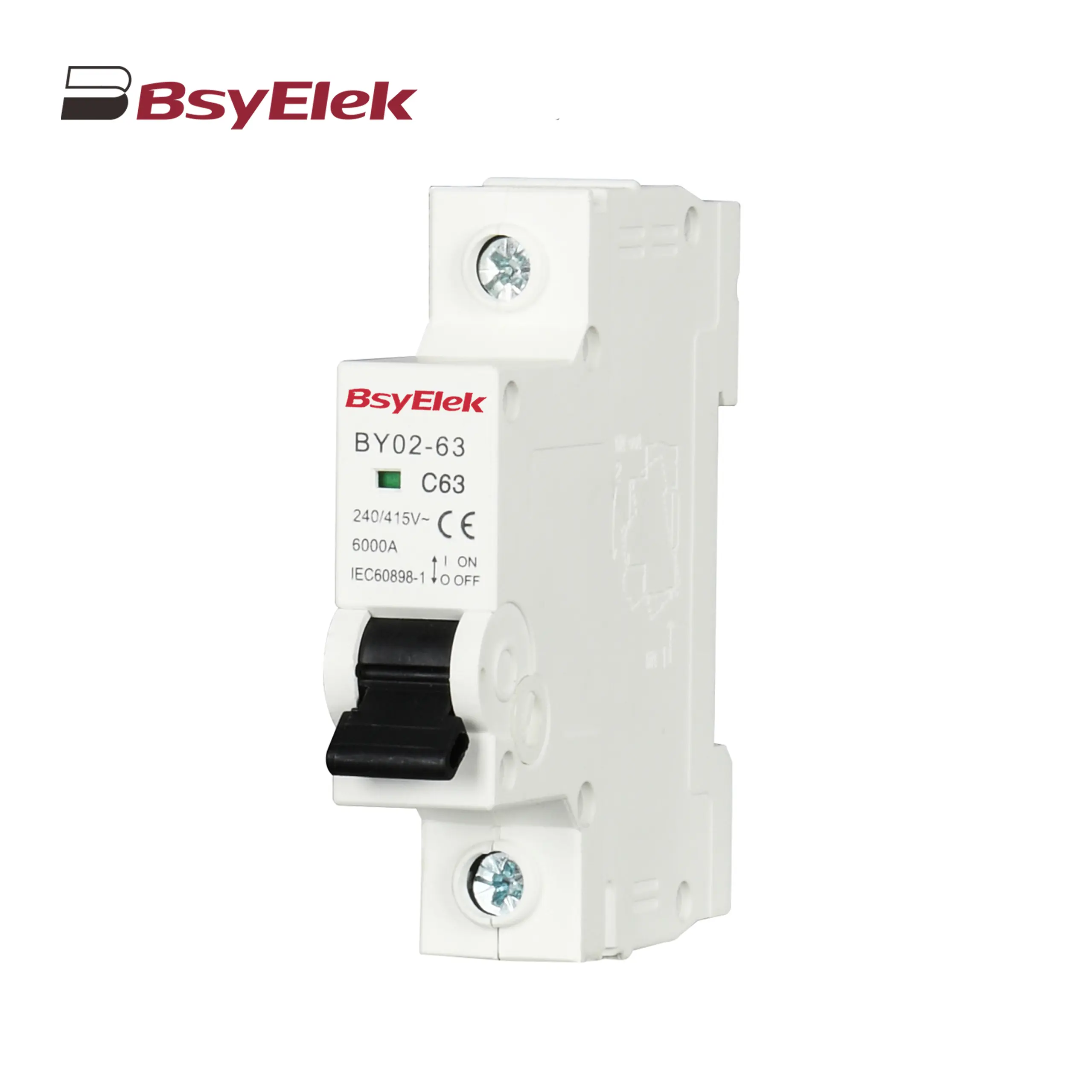 BY02-63 MCB 3kA Miniature Circuit Breaker
BY02-63 MCB 3kA Miniature Circuit Breaker
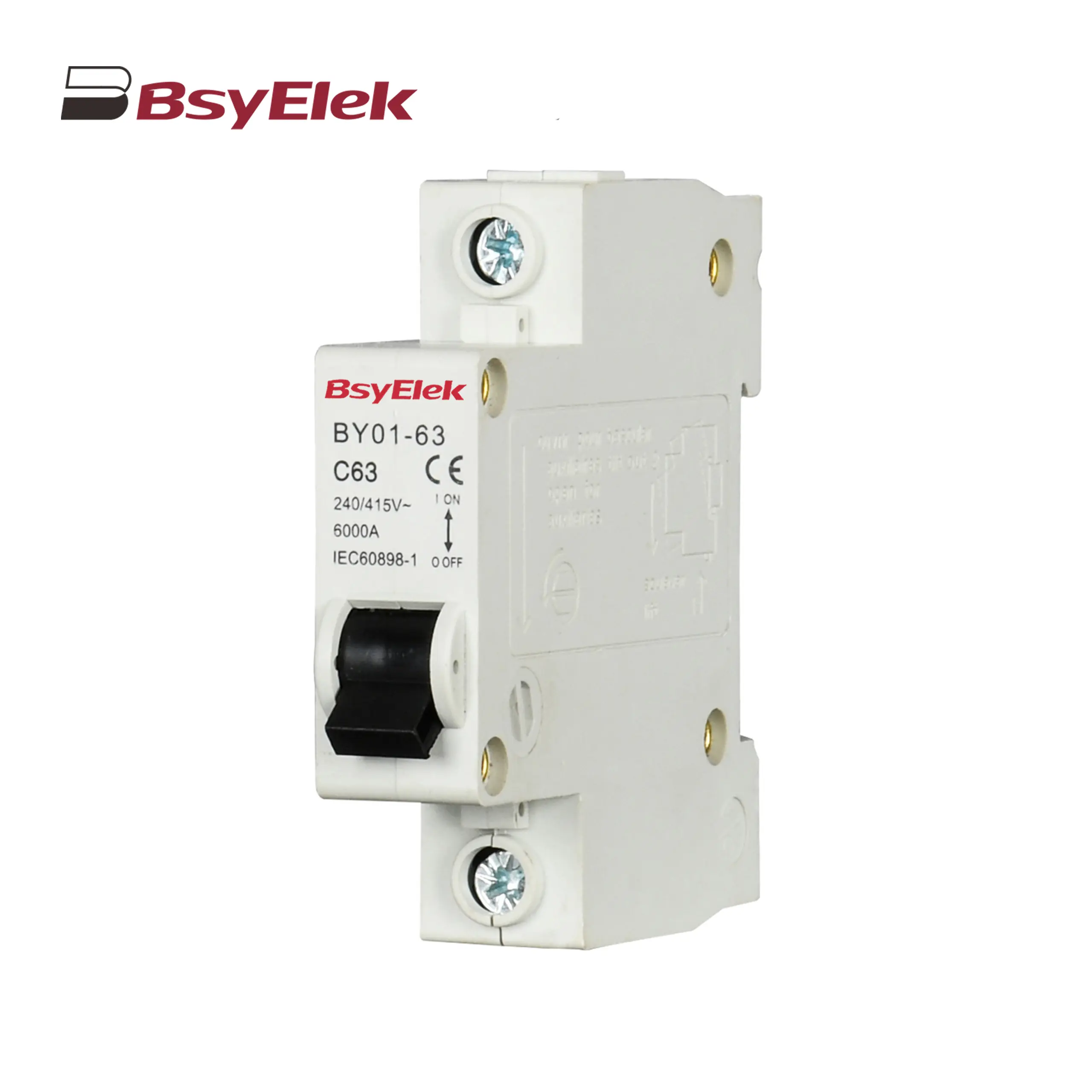 BY01-63 MCB 3kA Miniature Circuit Breaker
BY01-63 MCB 3kA Miniature Circuit Breaker
MCB Accessories
Main Switch
RCBO RCCB
 BY07L-63 RCCB 6KA Residual Current Circuit Breaker
BY07L-63 RCCB 6KA Residual Current Circuit Breaker
 BY05HL-40 RCBO 6KA Residual Current Circuit Breaker with Over-current Protection
BY05HL-40 RCBO 6KA Residual Current Circuit Breaker with Over-current Protection
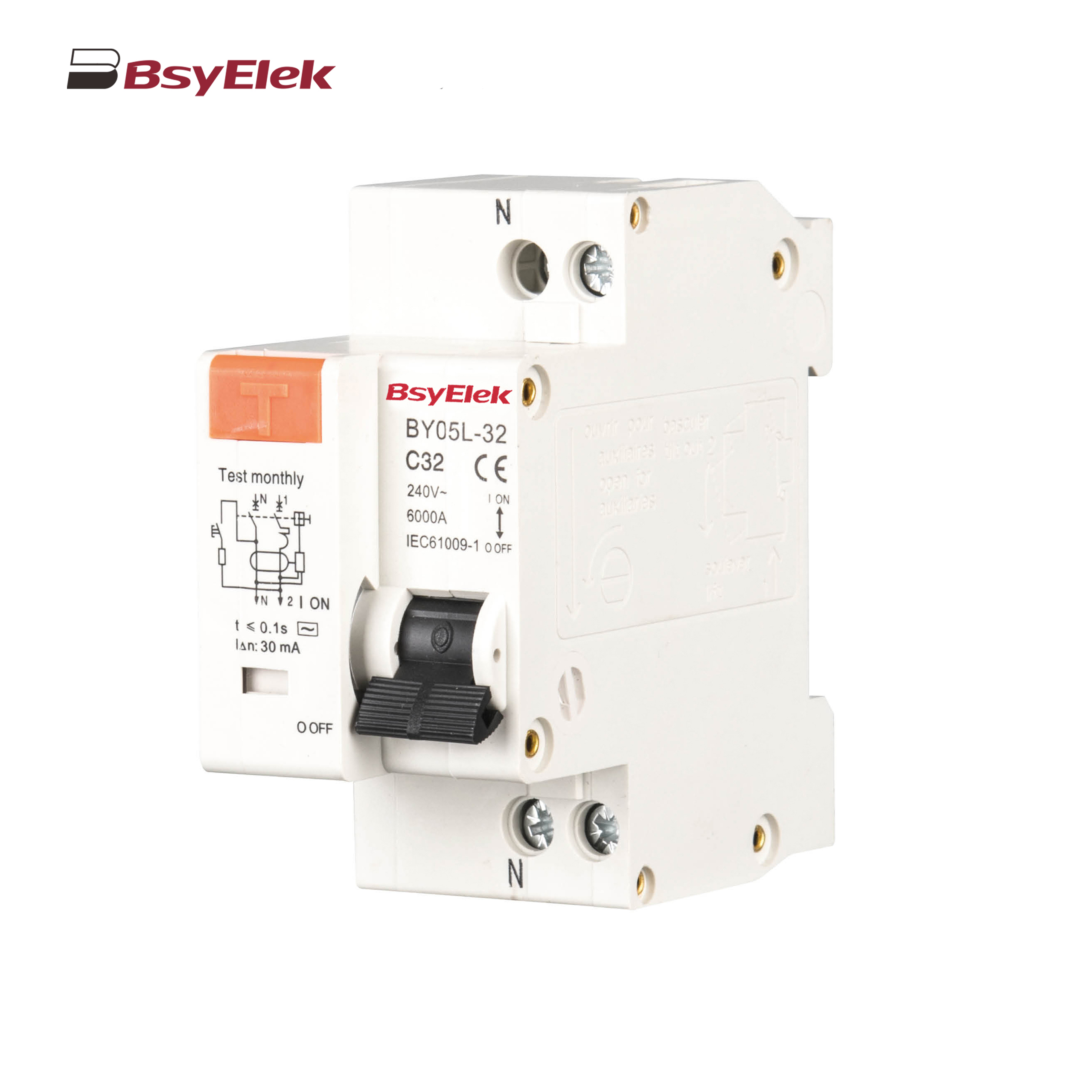 BY05L-32 RCBO 3KA Residual Current Circuit Breaker with Over-current Protection
BY05L-32 RCBO 3KA Residual Current Circuit Breaker with Over-current Protection
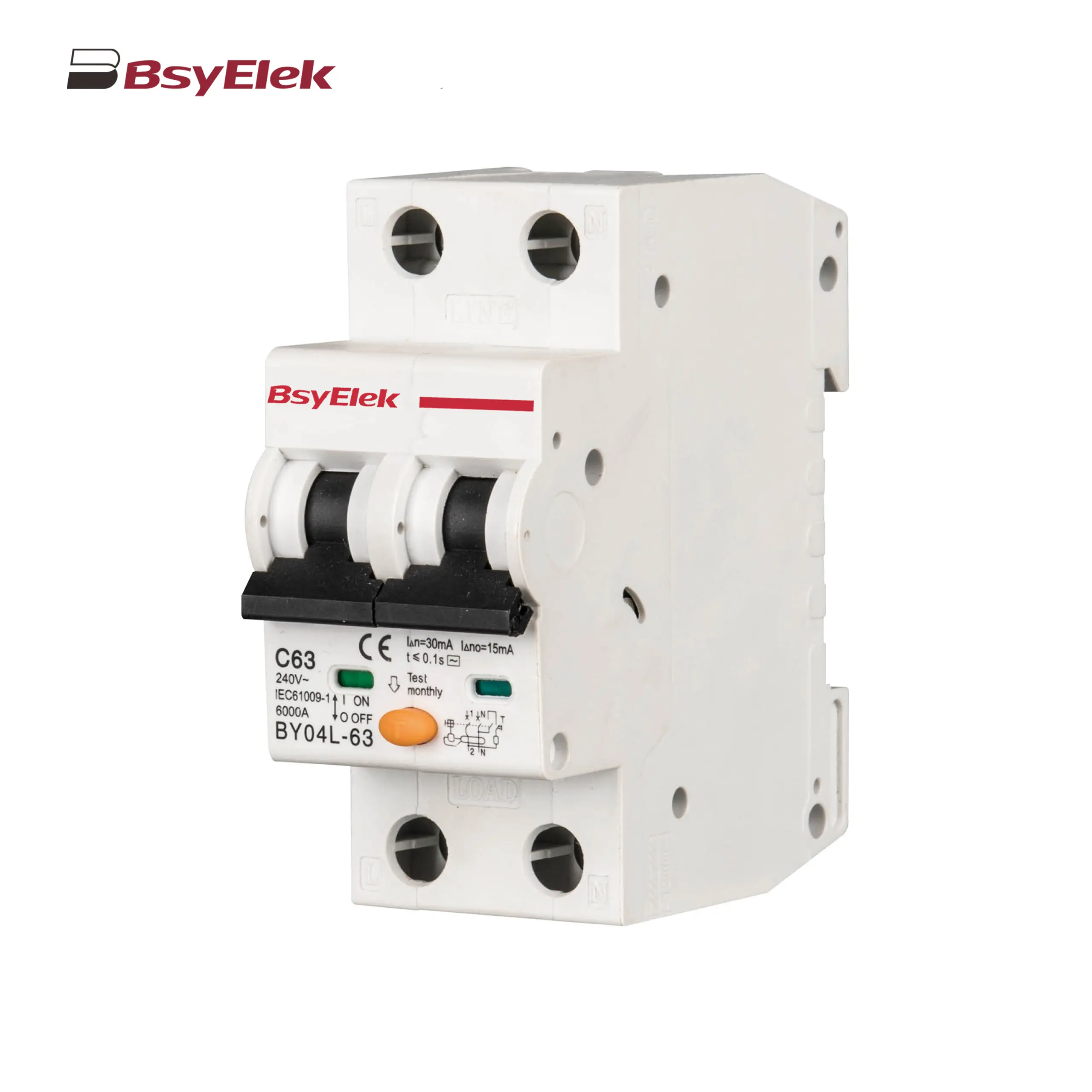 BY04L-63 RCBO 6KA Residual Current Circuit Breaker with Over-current Protection
BY04L-63 RCBO 6KA Residual Current Circuit Breaker with Over-current Protection
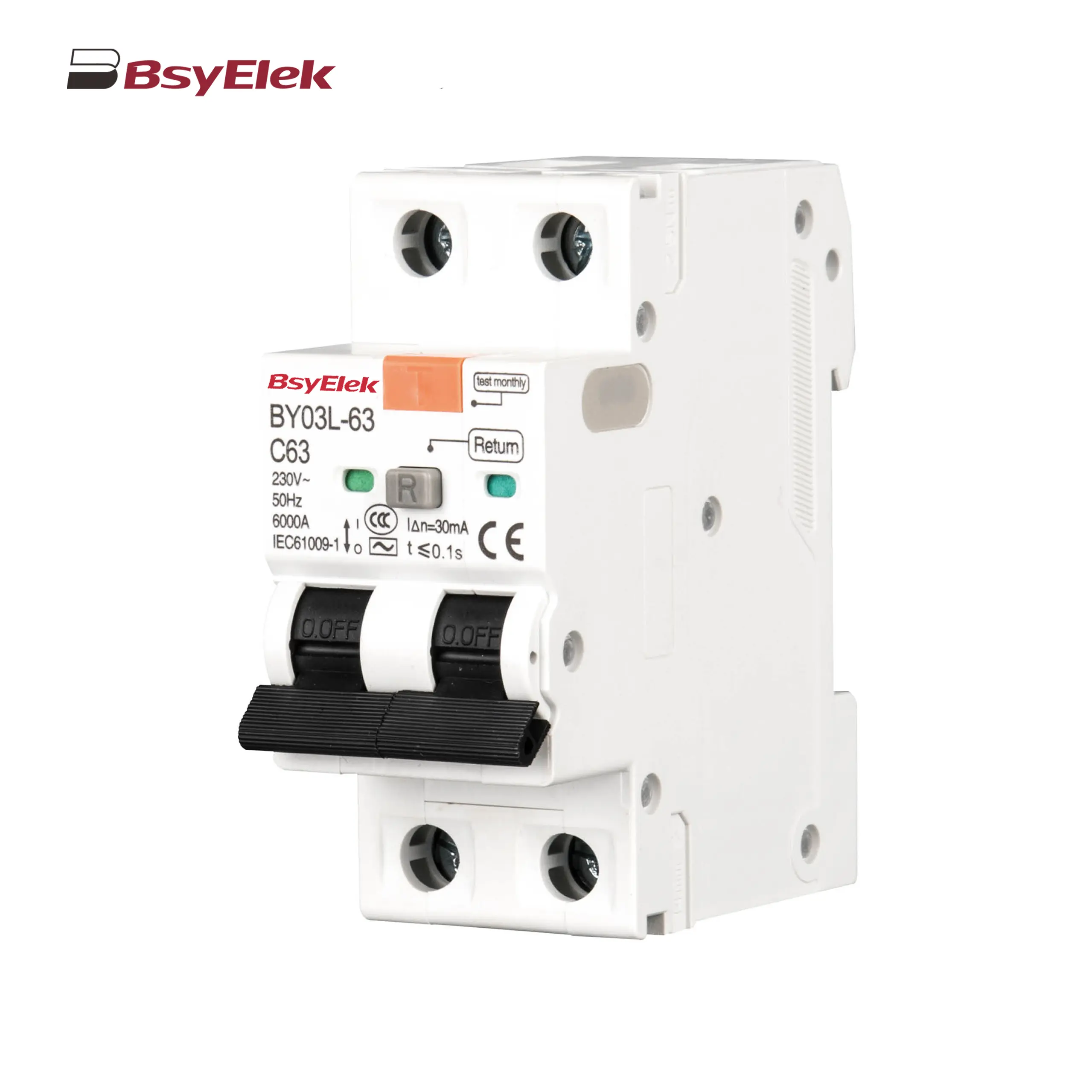 BY03L-63 RCBO 4.5KA Residual Current Circuit Breaker with Over-current Protection
BY03L-63 RCBO 4.5KA Residual Current Circuit Breaker with Over-current Protection
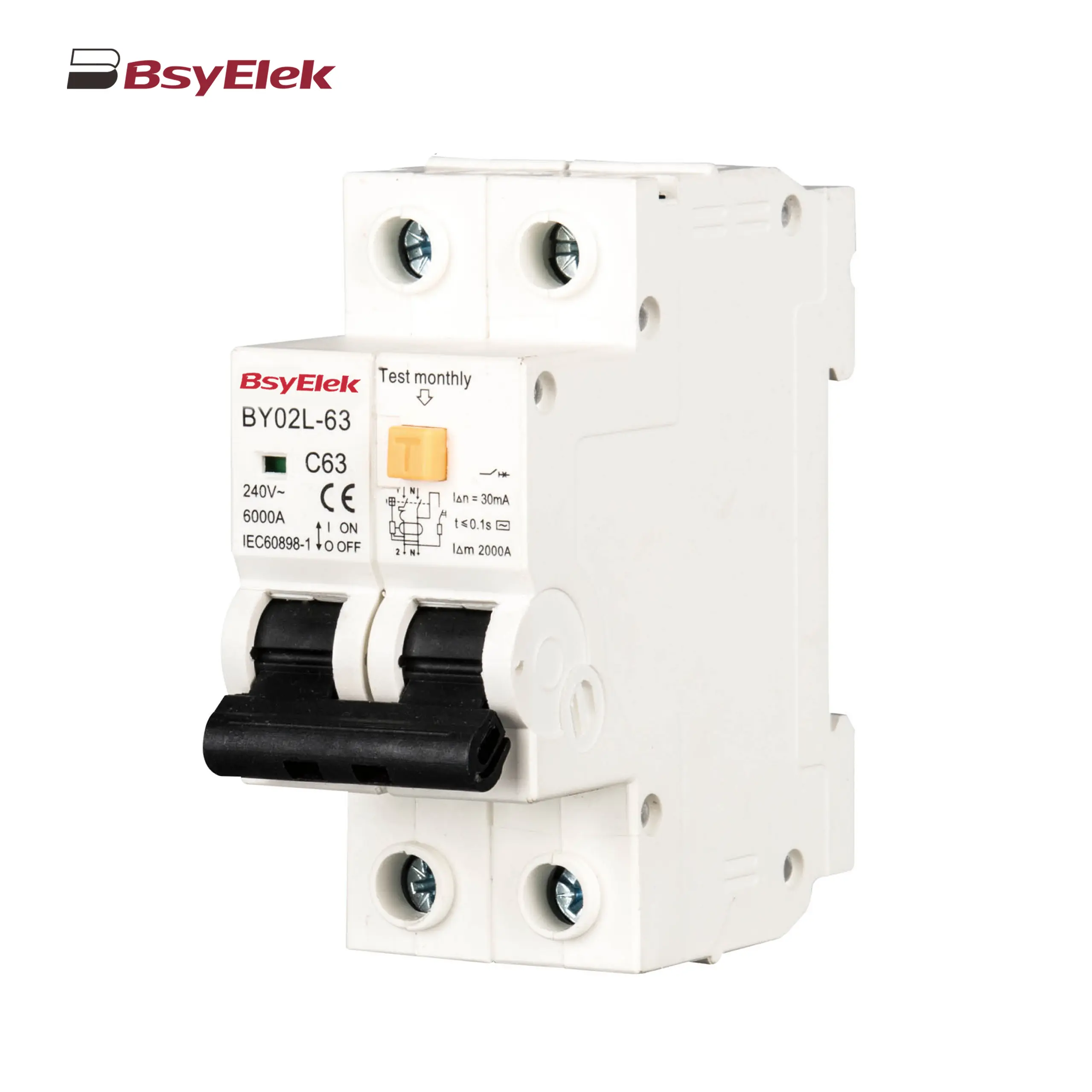 BY02L-63 RCBO 3KA Residual Current Circuit Breaker with Over-current Protection
BY02L-63 RCBO 3KA Residual Current Circuit Breaker with Over-current Protection
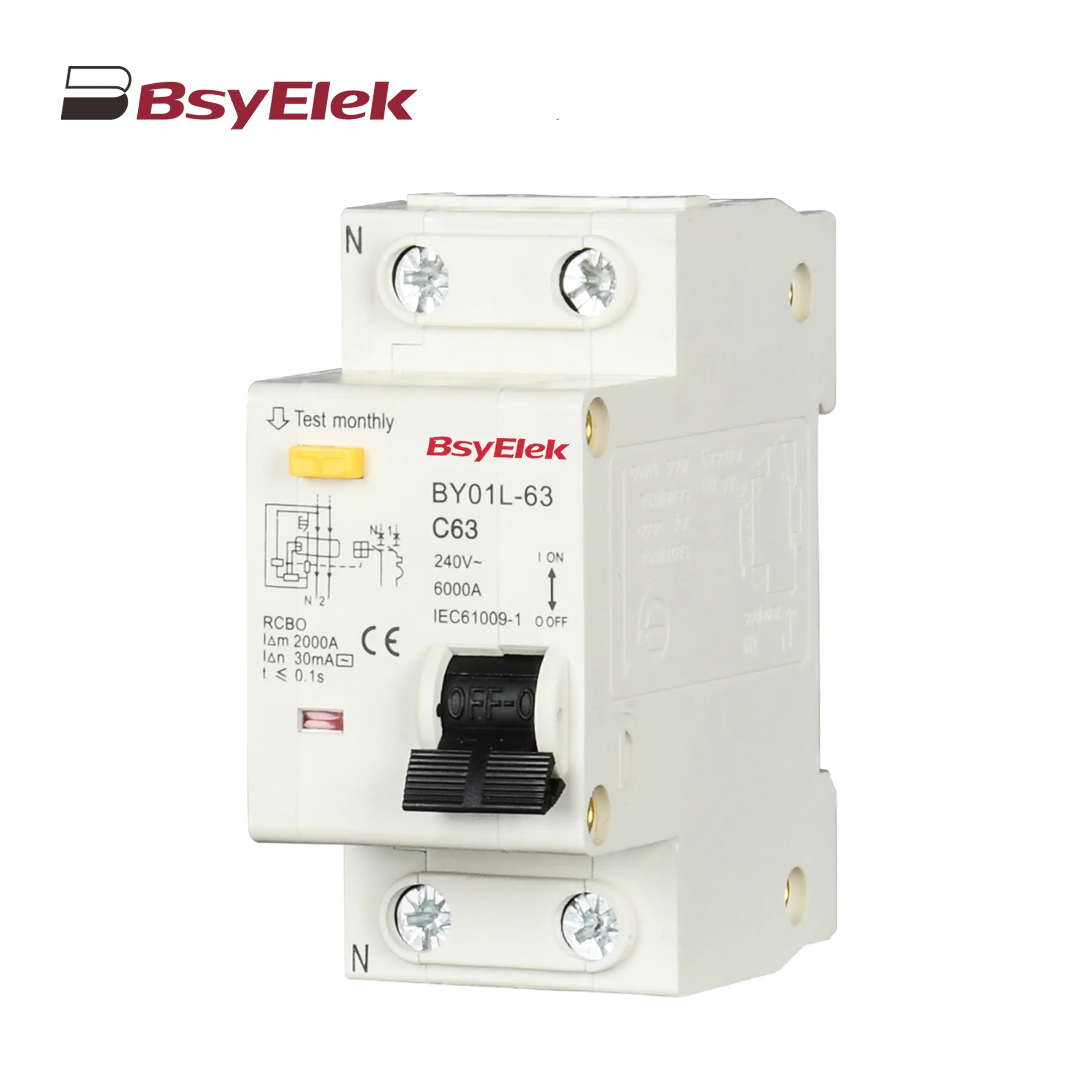 BY01L-63 RCBO 1P+N 3KA Residual Current Circuit Breaker with Over-current Protection
BY01L-63 RCBO 1P+N 3KA Residual Current Circuit Breaker with Over-current Protection
Resettable Overvoltage and Undervoltage Protector
AC Contactor
AC Surge Protective Device
Changeover Switch
Photovoltaic System Protection
DC Miniature Circuit Breaker
 BY06H-125DC MCB 10-15kA DC Miniature Circuit Breaker
BY06H-125DC MCB 10-15kA DC Miniature Circuit Breaker
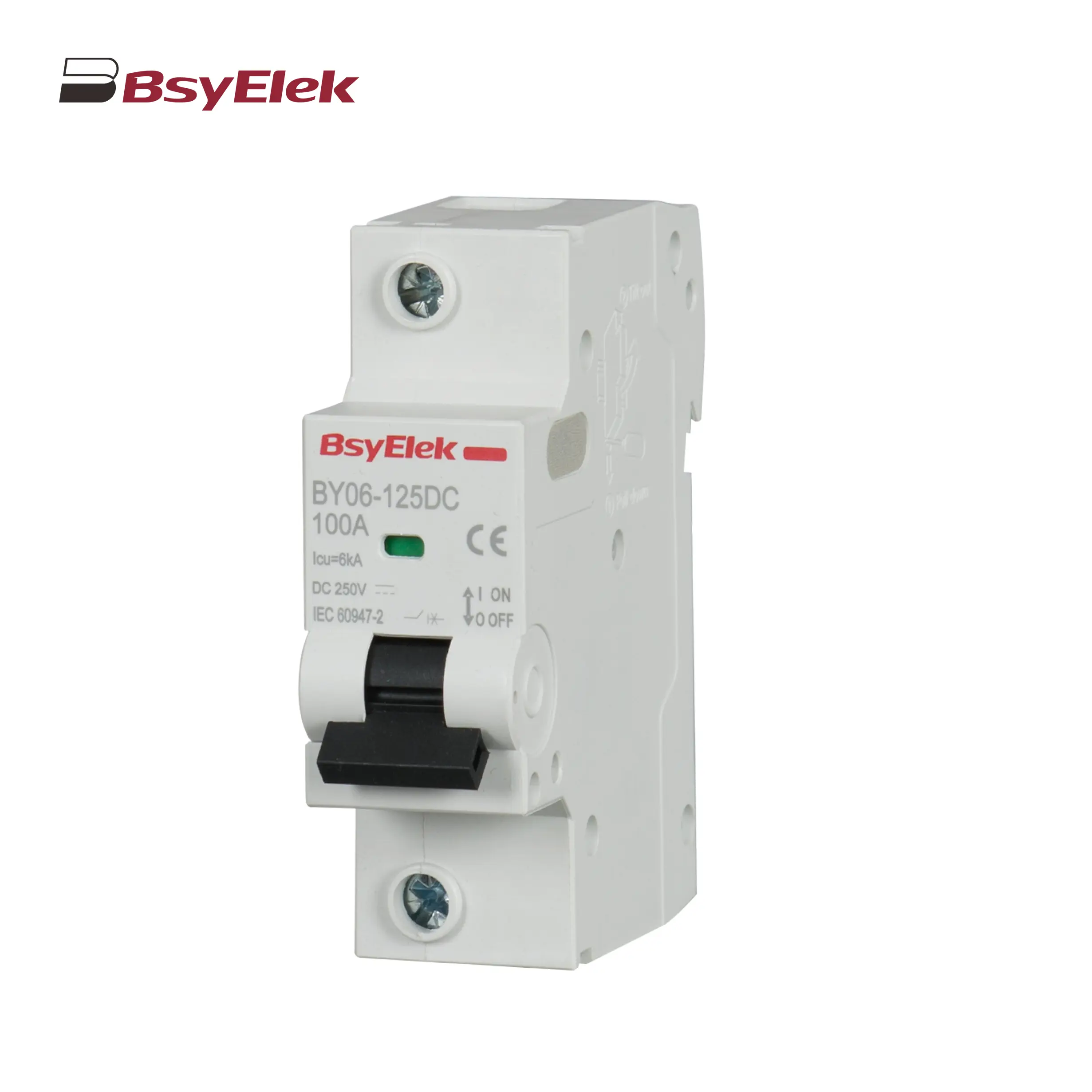 BY06-125DC MCB 6kA DC Miniature Circuit Breaker
BY06-125DC MCB 6kA DC Miniature Circuit Breaker
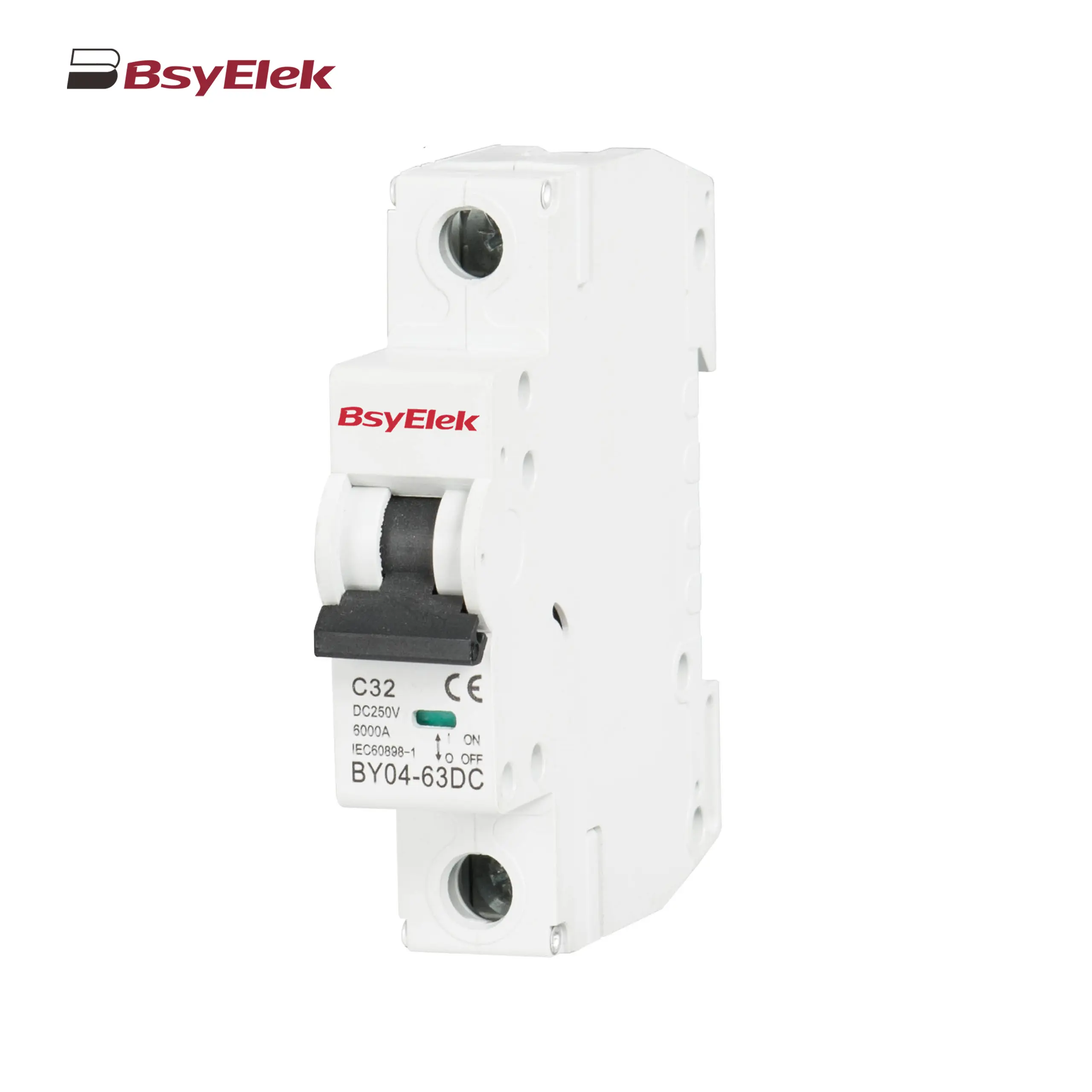 BY04-63DC MCB 6-10kA DC Miniature Circuit Breaker
BY04-63DC MCB 6-10kA DC Miniature Circuit Breaker
 BY03H-63DC MCB 6kA DC Miniature Circuit Breaker
BY03H-63DC MCB 6kA DC Miniature Circuit Breaker
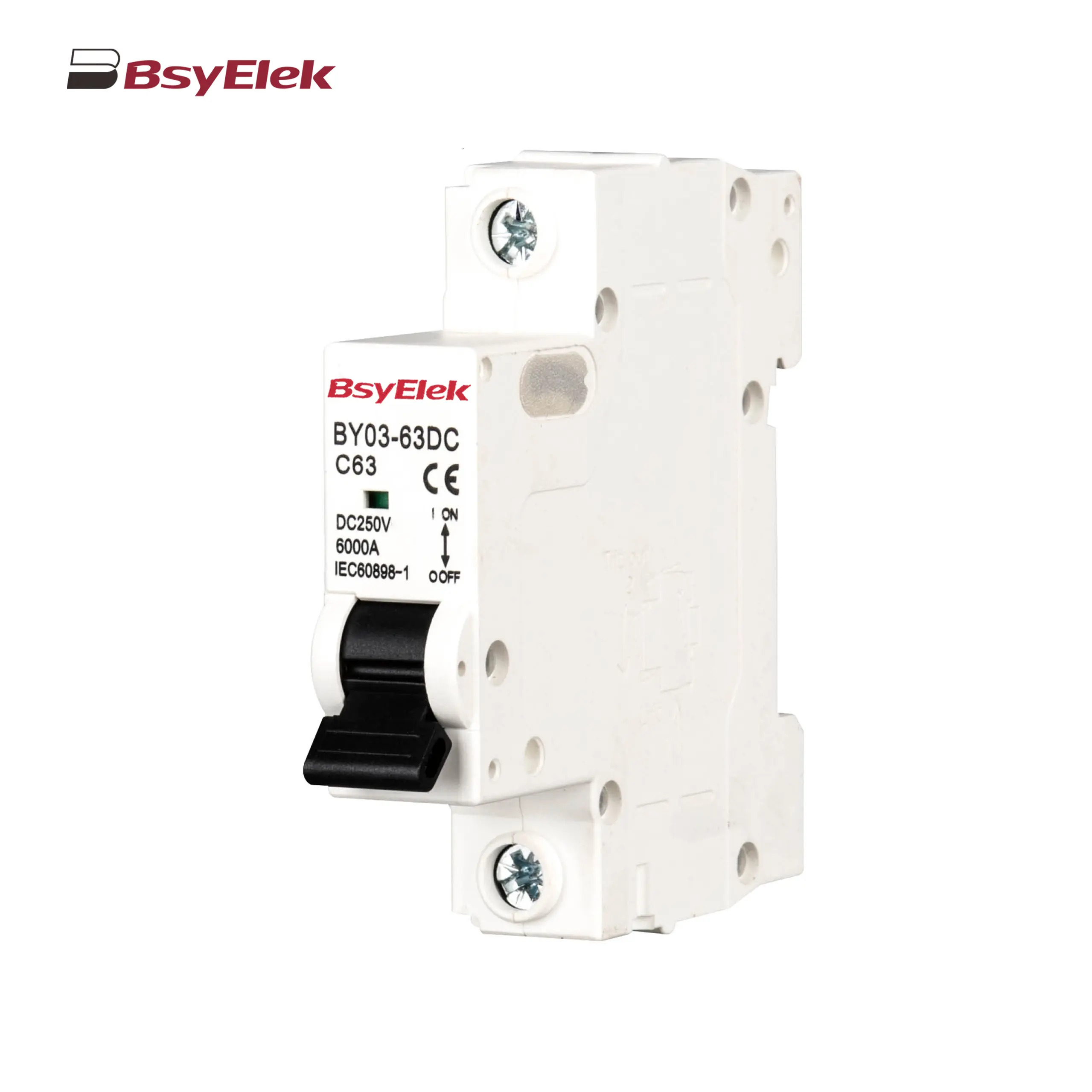 BY03-63DC MCB 4.5kA DC Miniature Circuit Breaker
BY03-63DC MCB 4.5kA DC Miniature Circuit Breaker
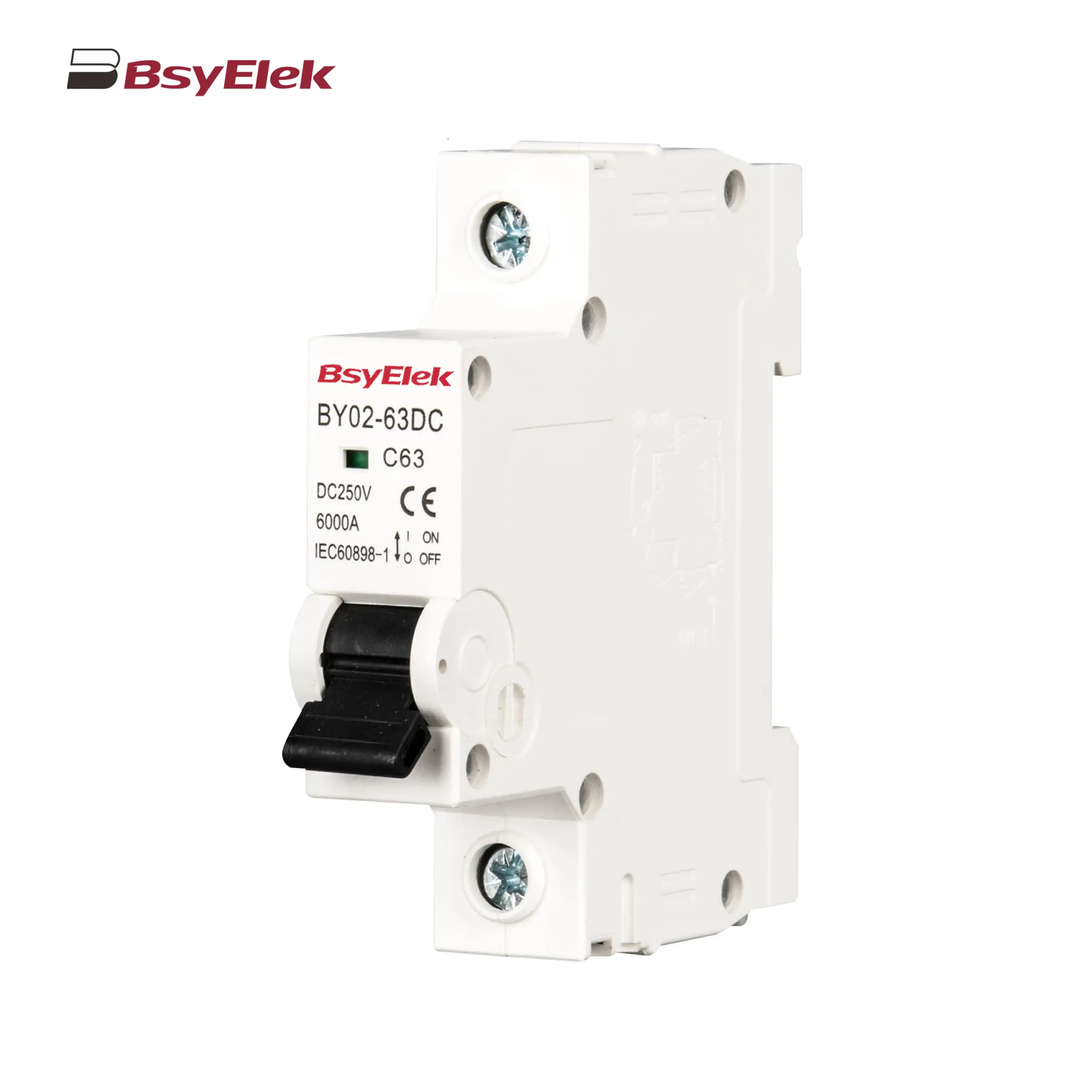 BY02-63DC MCB 3kA DC Miniature Circuit Breaker
BY02-63DC MCB 3kA DC Miniature Circuit Breaker
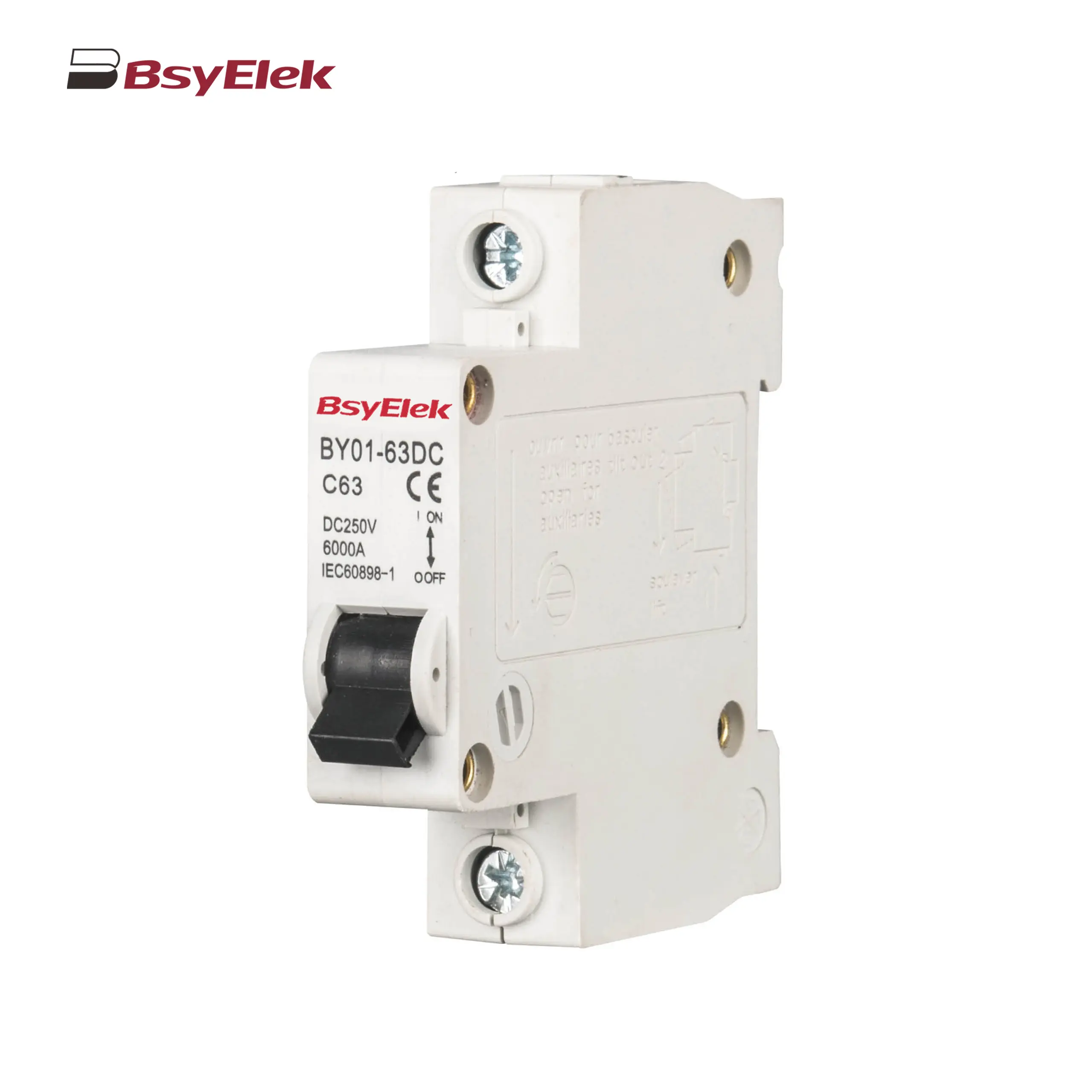 BY01-63DC MCB 3kA DC Miniature Circuit Breaker
BY01-63DC MCB 3kA DC Miniature Circuit Breaker
RCD
DC Surge Protective Device
DC Fuse
PV Isolator Switch
PV Connector
Cable Gland
PV Cable
PV Knife Switch
DC Molded Case Circuit Breaker
Industrial Power Distribution Electric
Distribution Box
Air Conditioning System
Definite Purpose Magnetic Contactor
Condensate Pump
 BY-5018 1.8M Engineering Drainage Pump
BY-5018 1.8M Engineering Drainage Pump
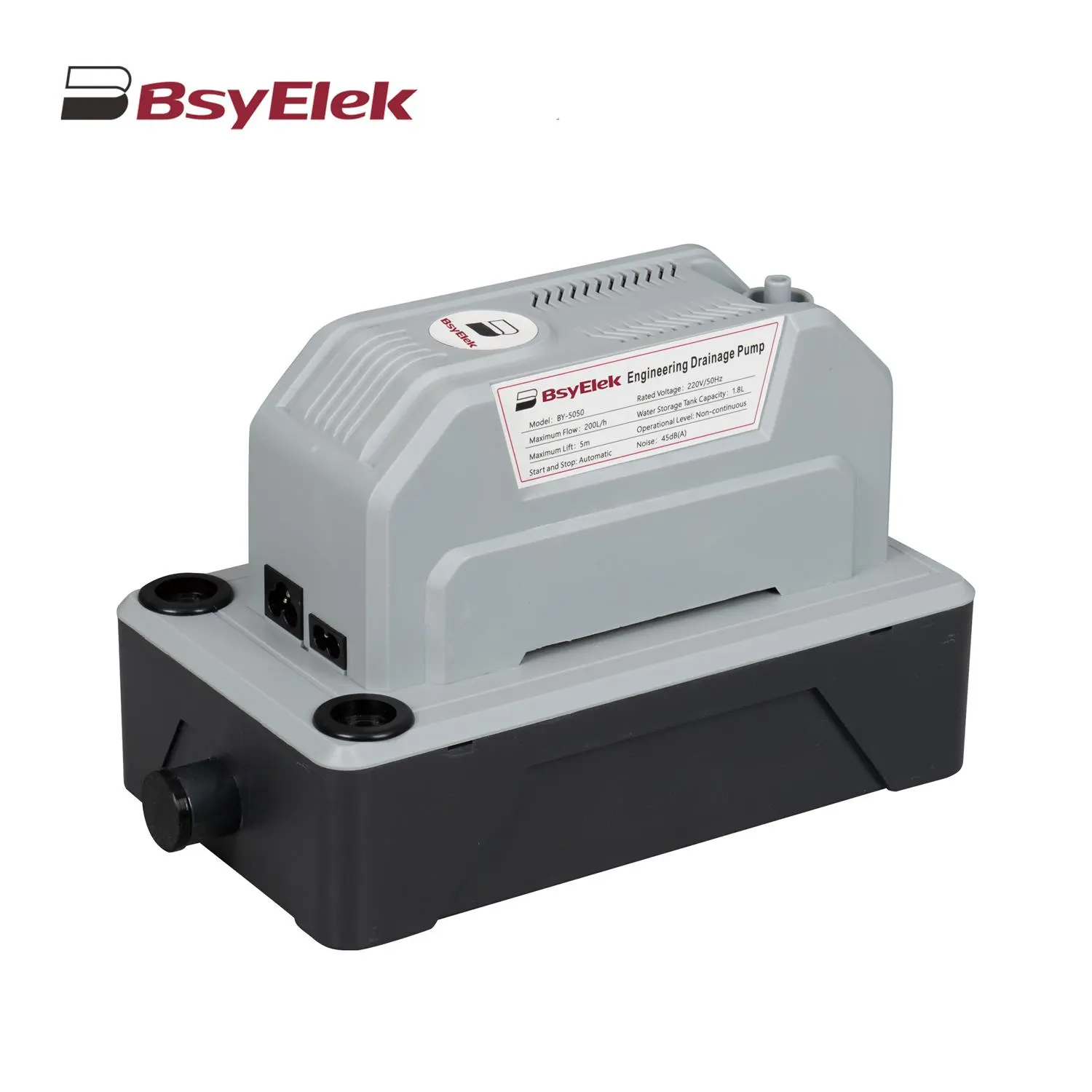 BY-5050 5M Engineering Drainage Pump
BY-5050 5M Engineering Drainage Pump
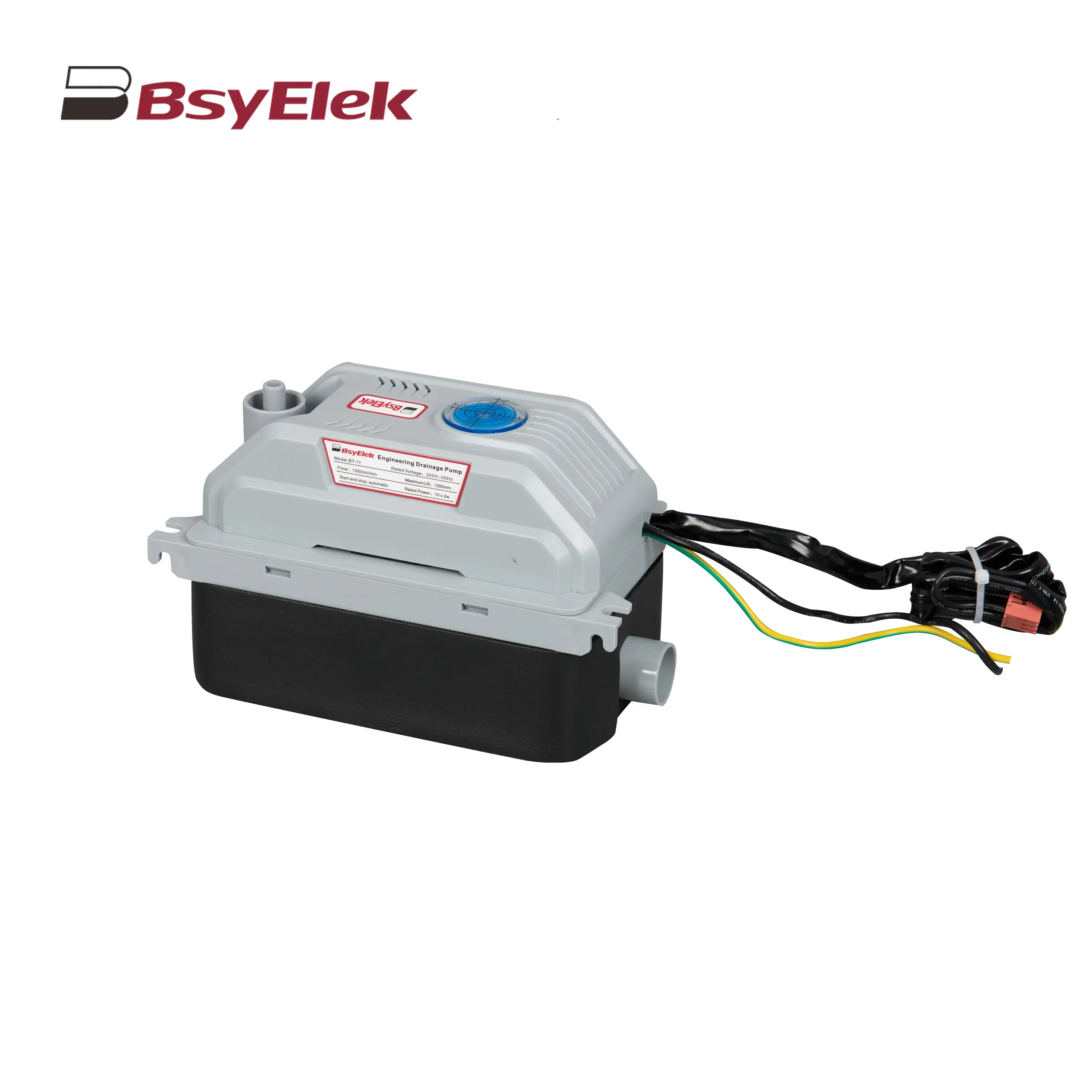 BY-11 1.2M Engineering Drainage Pump
BY-11 1.2M Engineering Drainage Pump
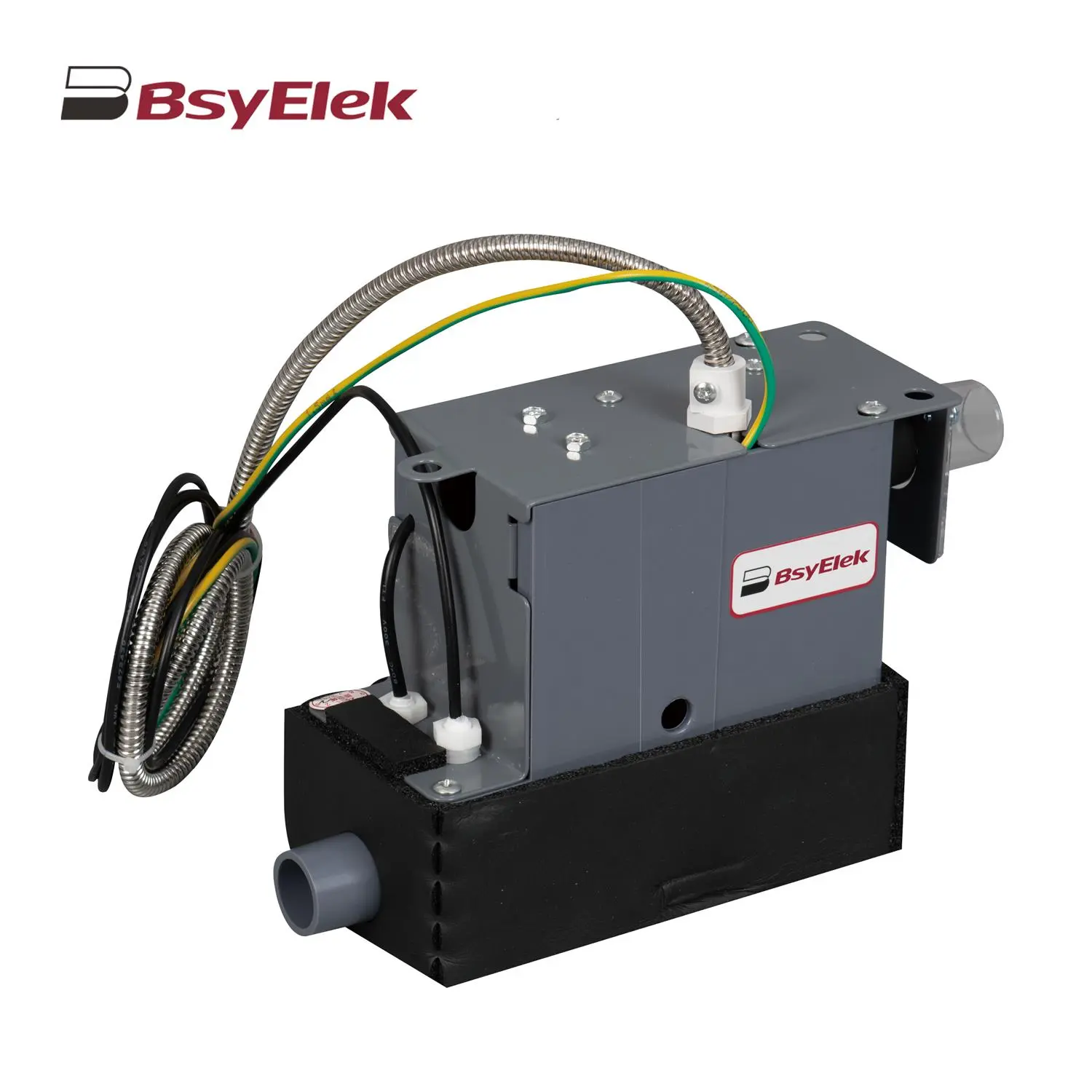 SBH-05 0.7M Original Drainage Pump of Duct Type Air Conditioner
SBH-05 0.7M Original Drainage Pump of Duct Type Air Conditioner
 BY-24A/40A 10M Drainage Pump of Air Conditioner
BY-24A/40A 10M Drainage Pump of Air Conditioner
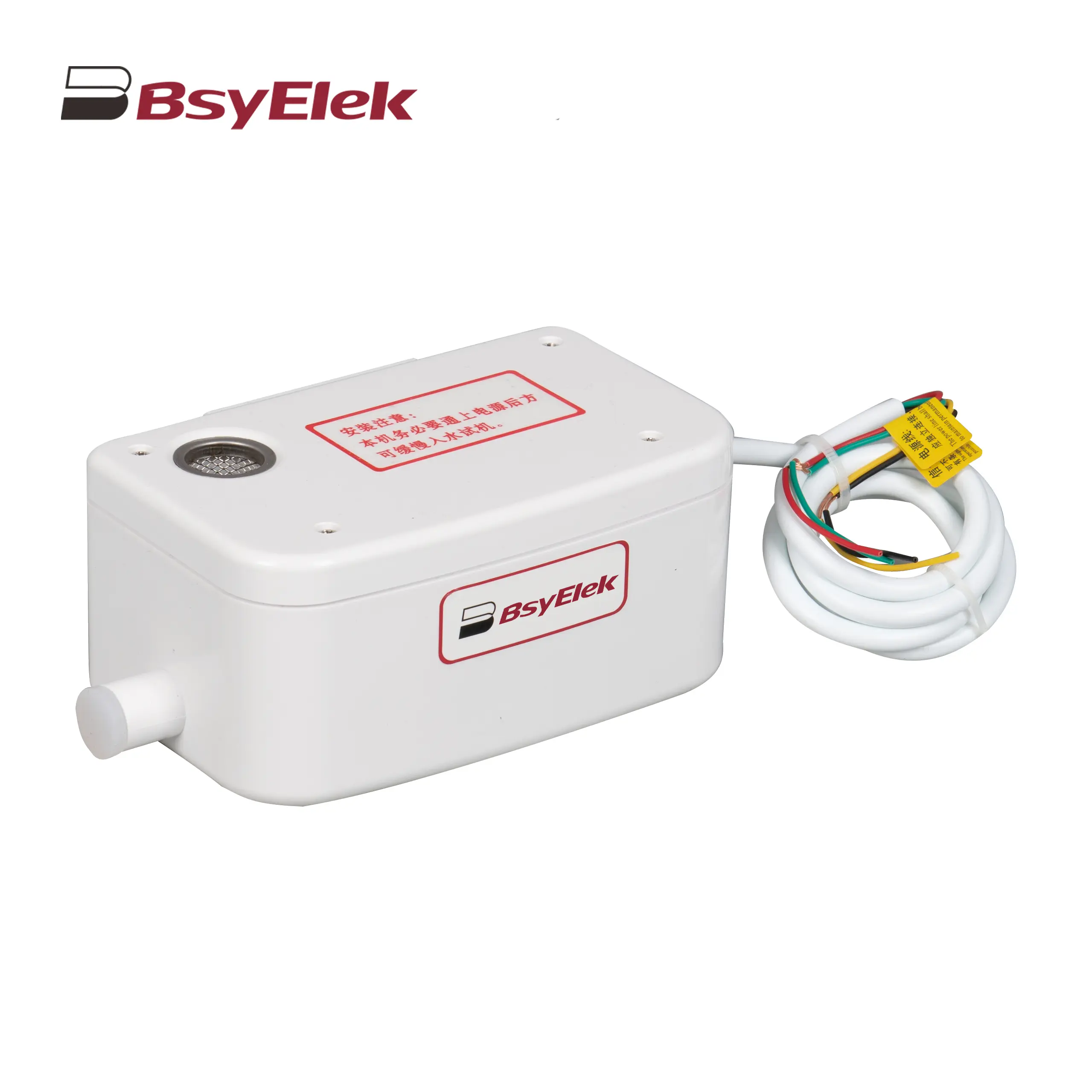 BY-50A 12M Drainage Pump of Air Conditioner
BY-50A 12M Drainage Pump of Air Conditioner
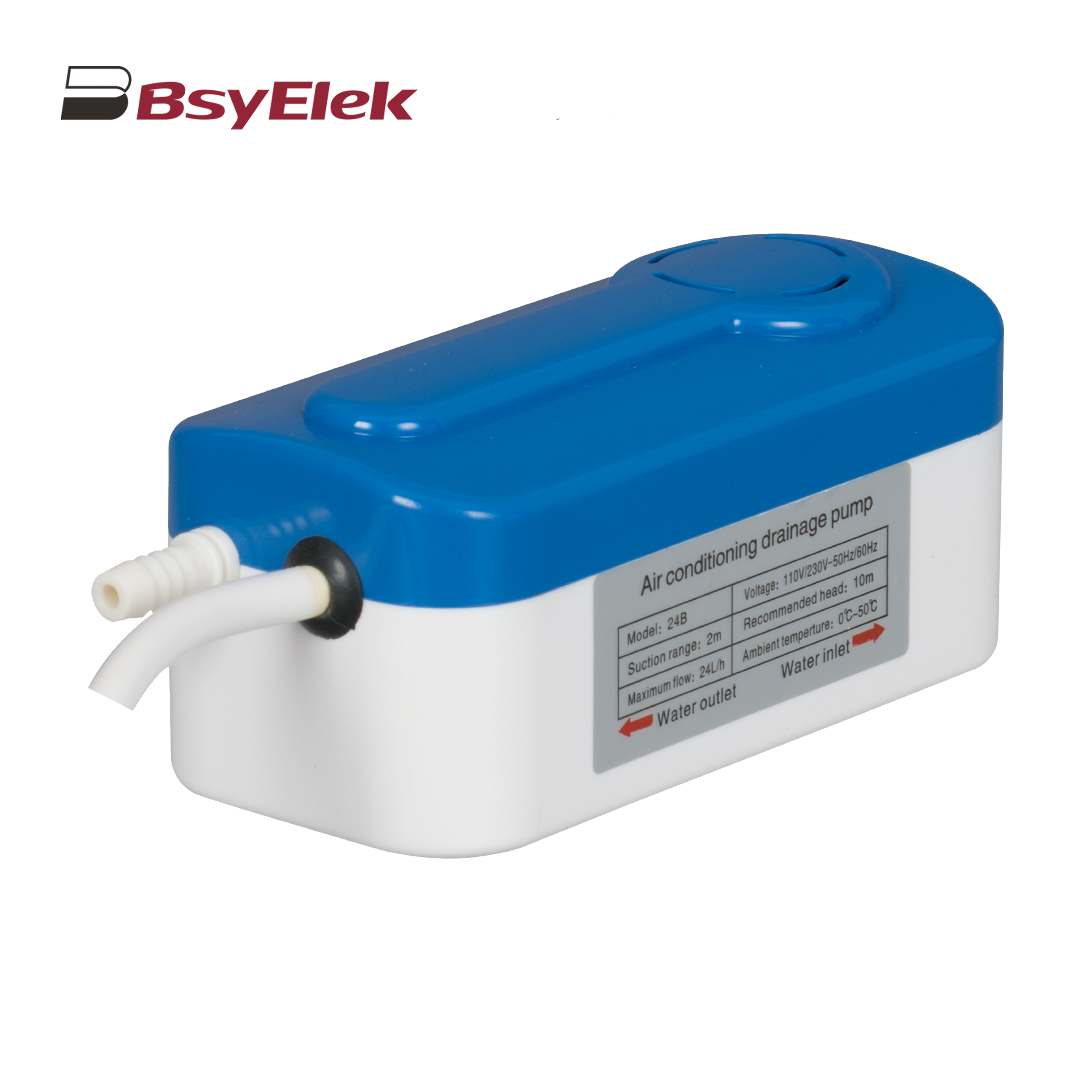 BY-24B/40B 10M Split Type Drainage Pump
BY-24B/40B 10M Split Type Drainage Pump
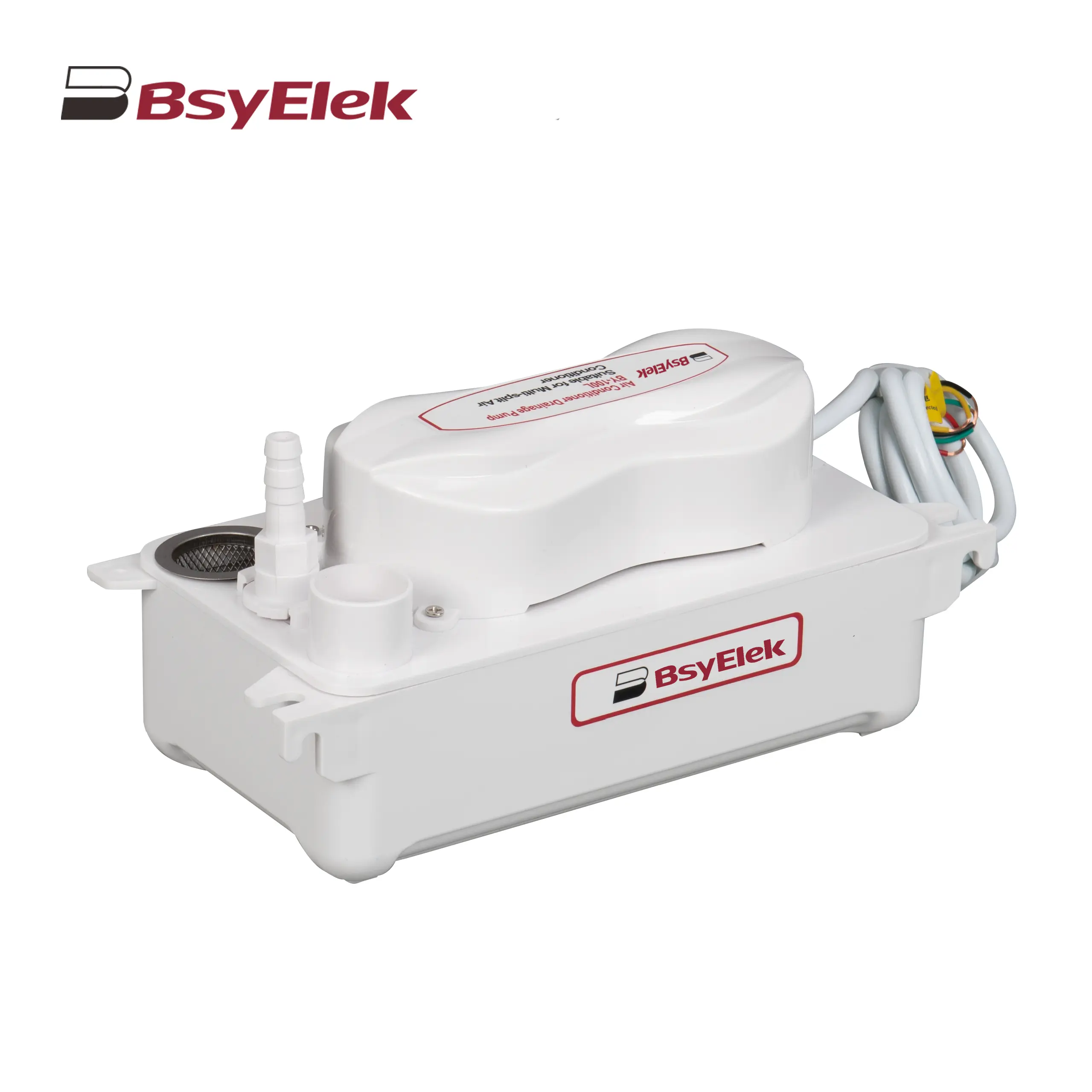 BY-100L 2M Drainage Pump of Air Conditioner
BY-100L 2M Drainage Pump of Air Conditioner
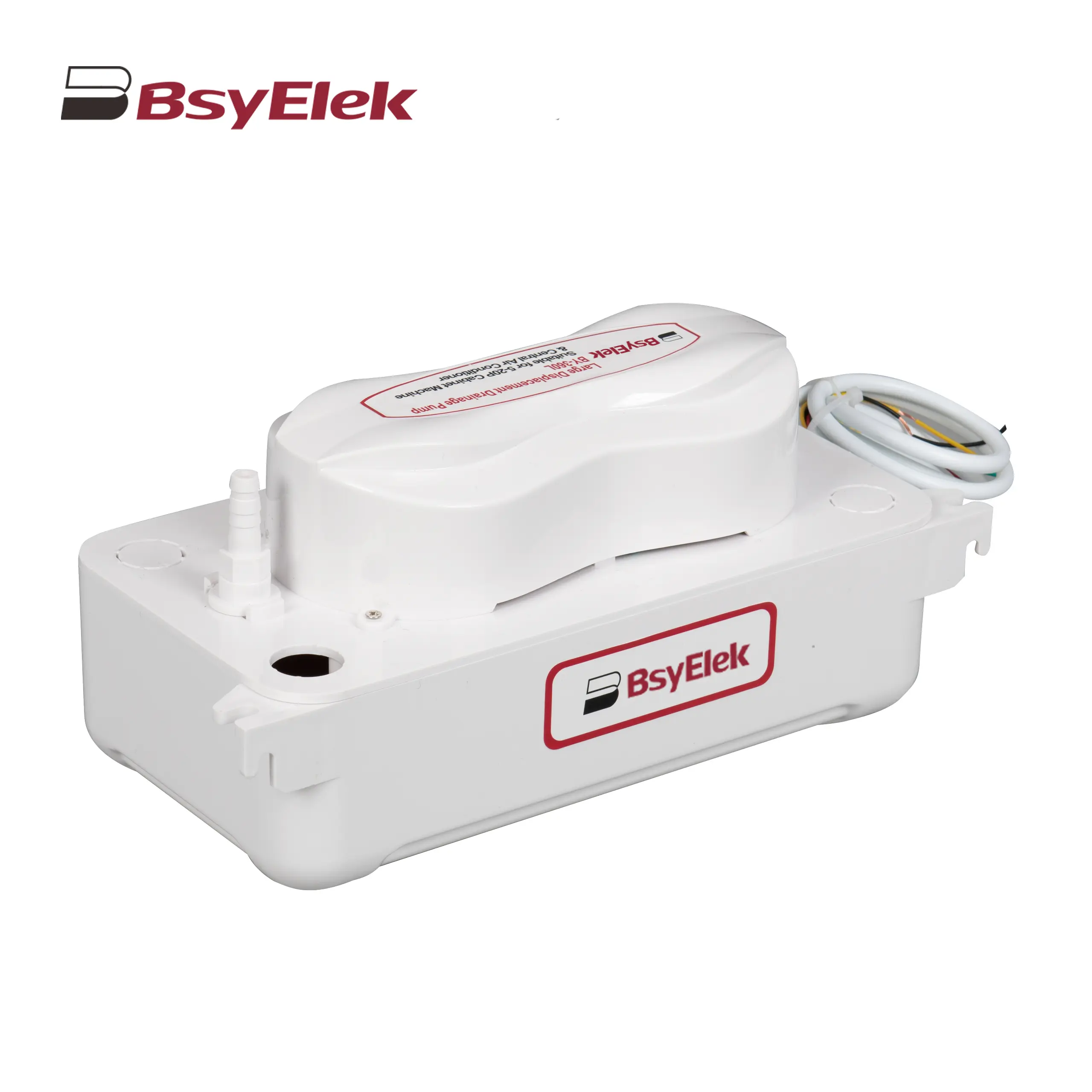 BY-360L 6M Large Displacement Drainage Pump
BY-360L 6M Large Displacement Drainage Pump
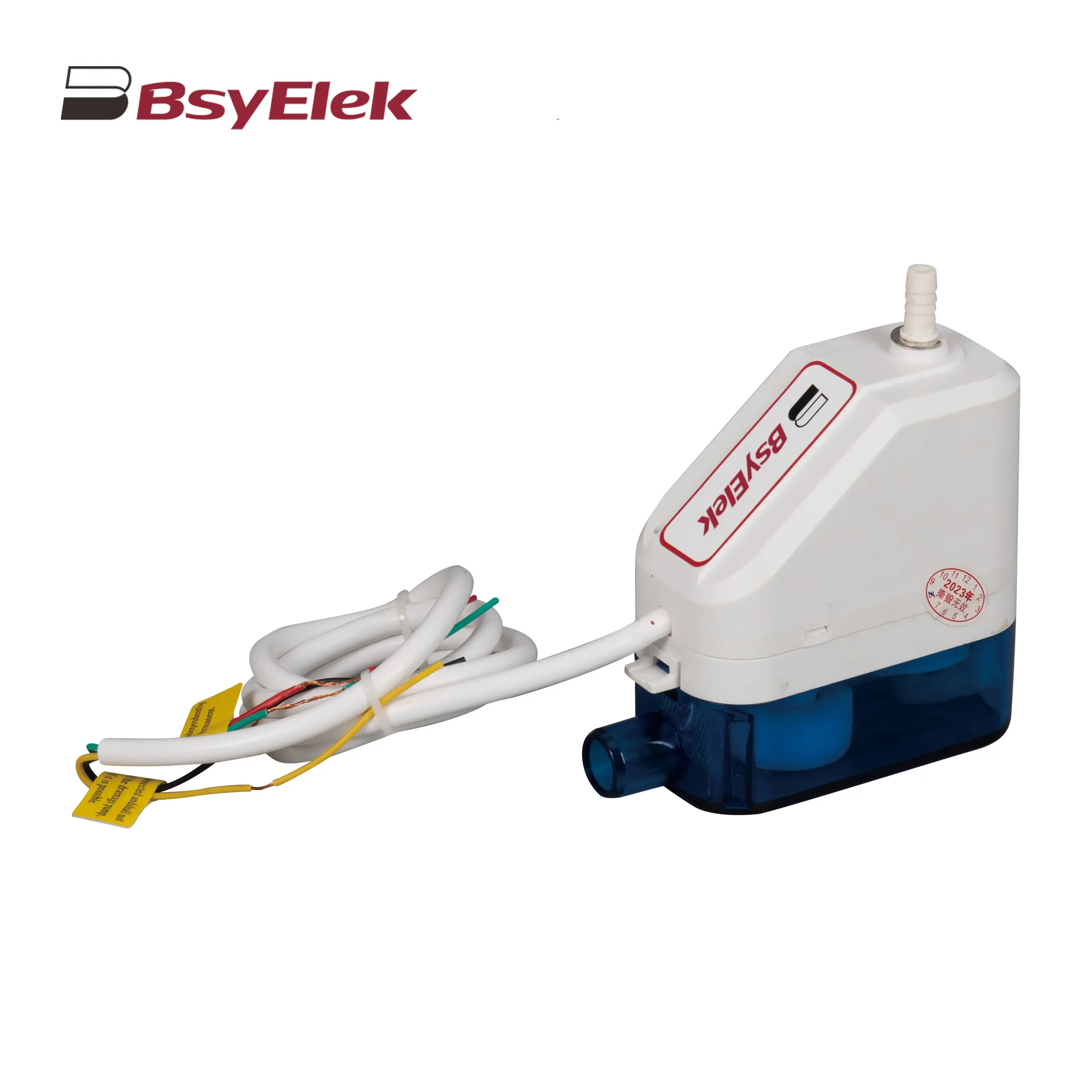 BY-24C/40C 10M Corner Drainage Pump
BY-24C/40C 10M Corner Drainage Pump
News
Top Blog
Company News
Industry Dynamics
What is a miniature circuit breaker (MCB)?
PG Series Waterproof Cable Glands with Washer for Harsh Environments
LWSF-125 125A Manual Changeover Switch ensures reliable power transfer
BYX2 AC contactor series: reliable power control for modern electrical systems
High-performance 1000V DC fuse holder optimizes solar photovoltaic system protection
BY07L-63 Residual Current Circuit Breaker Ensures Global Electrical Safety
BYQ5 ATS Isolation Dual Power Automatic Transfer Switch
BY19G 63A Manual Changeover Switch: Features and Benefits
Support
Blog
Contact Us





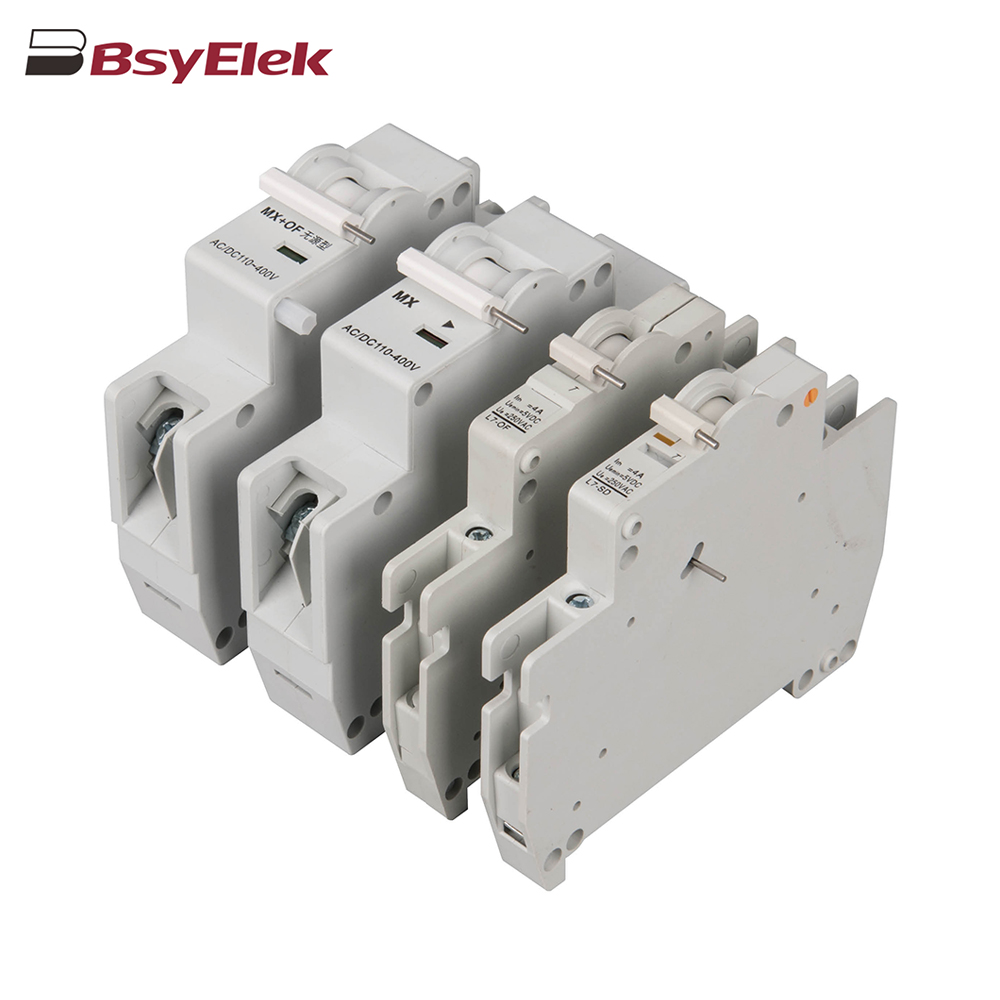 OF SD MX OF MCB Miniature Circuit Breaker Accessories
OF SD MX OF MCB Miniature Circuit Breaker Accessories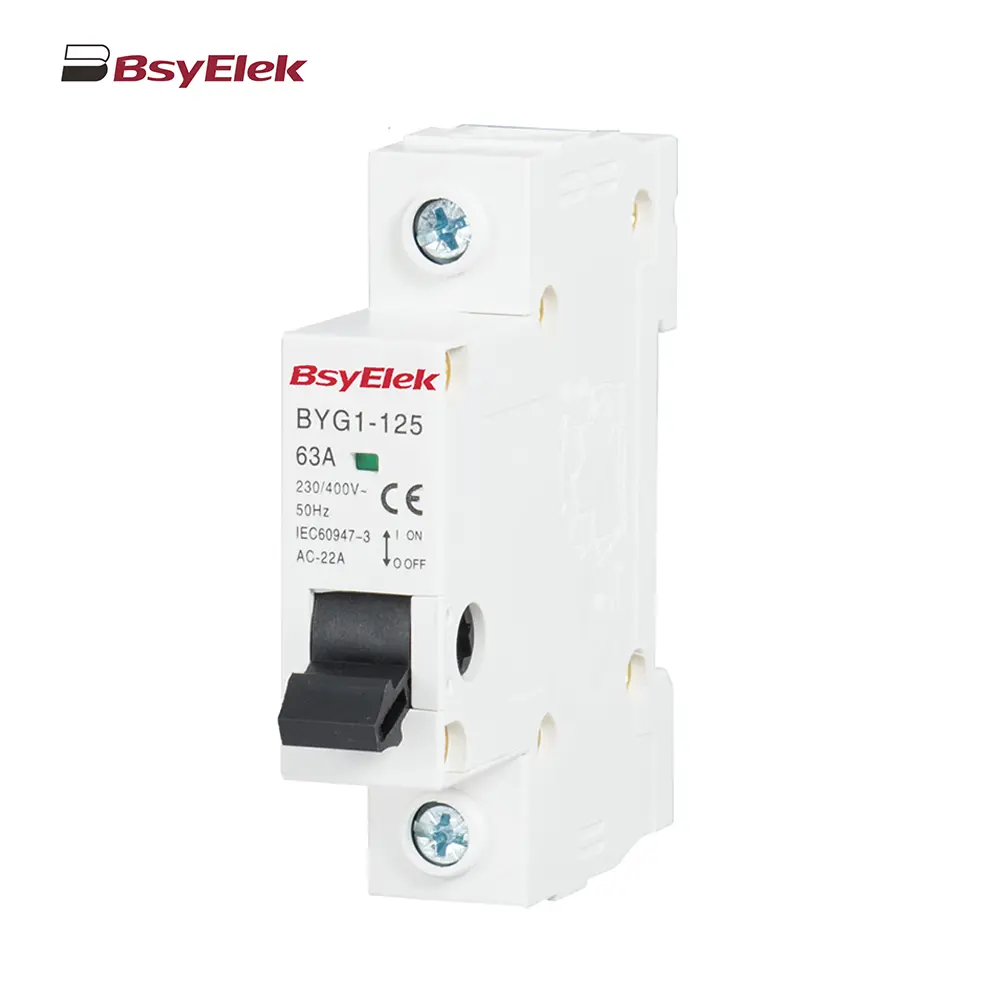 BYG1-125 Main Switch MCB Isolator Switch
BYG1-125 Main Switch MCB Isolator Switch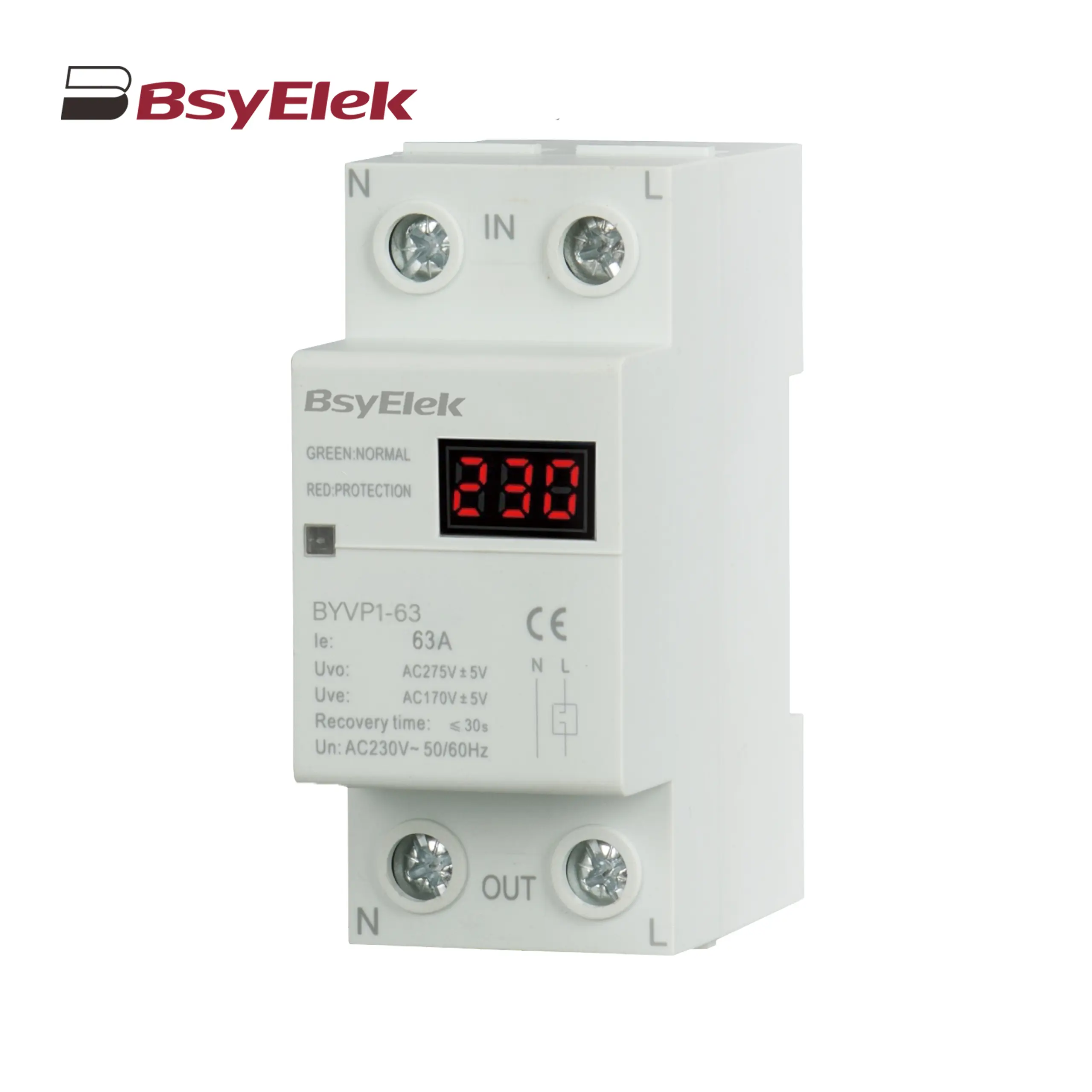 BYVP1-63 100A Single Display Overvoltage and Undervoltage Protector
BYVP1-63 100A Single Display Overvoltage and Undervoltage Protector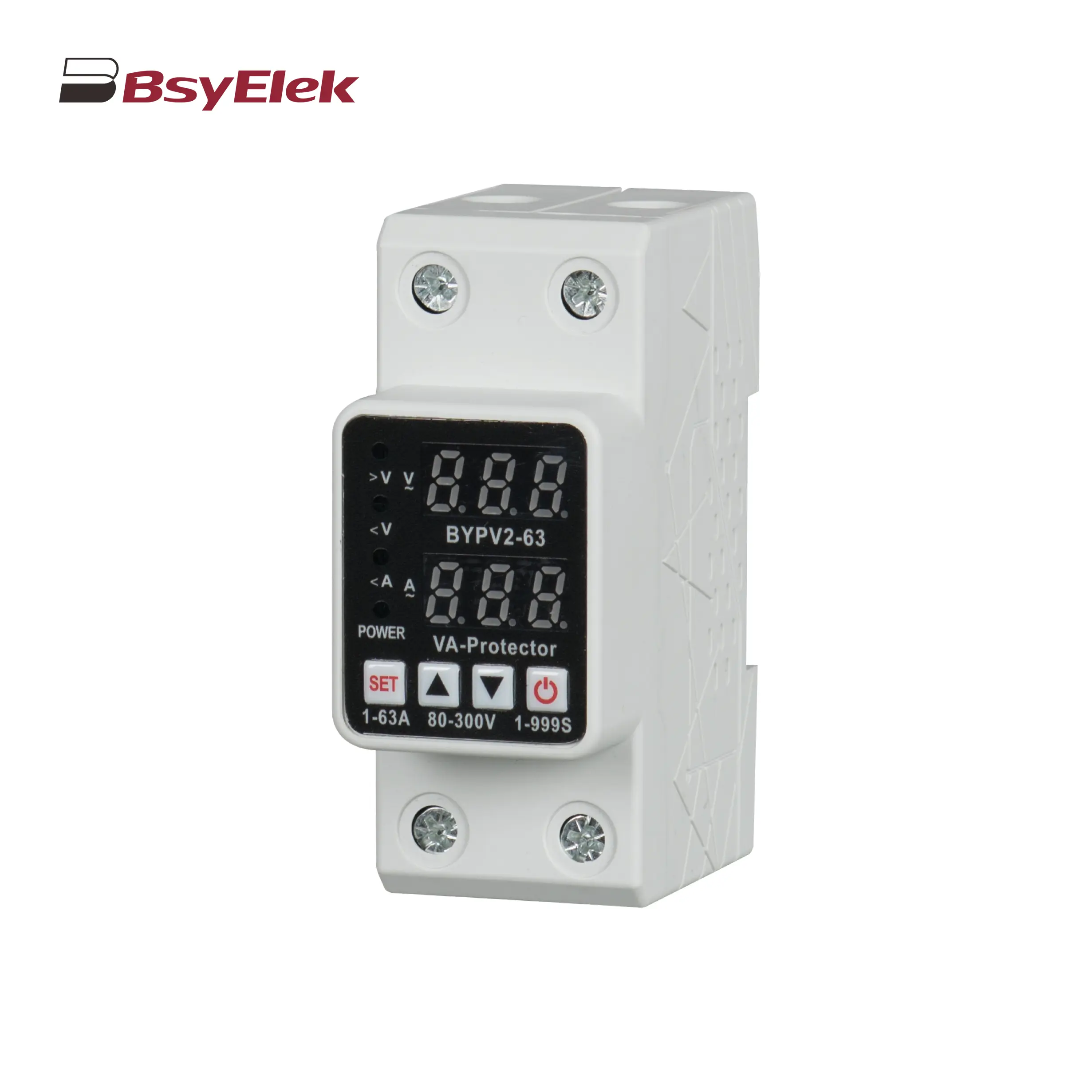 BYVP2-63 40A 63A Adjustable Dual Display Overvoltage and Undervoltage Protector
BYVP2-63 40A 63A Adjustable Dual Display Overvoltage and Undervoltage Protector BYX2 6-95A AC Contactor
BYX2 6-95A AC Contactor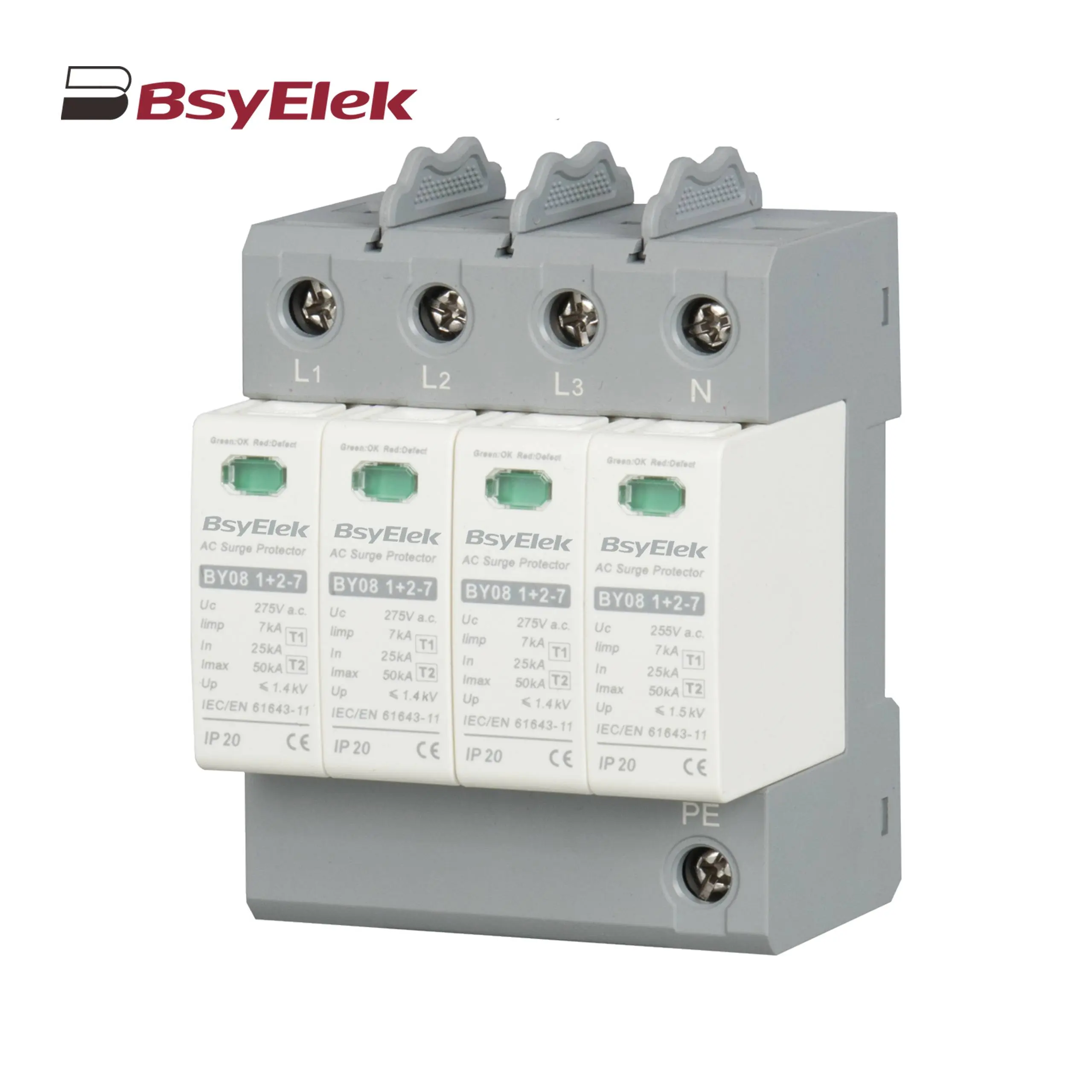 BY08 1+2-7 SPD Class T1+T2 Imax 50KA Surge Protective Device
BY08 1+2-7 SPD Class T1+T2 Imax 50KA Surge Protective Device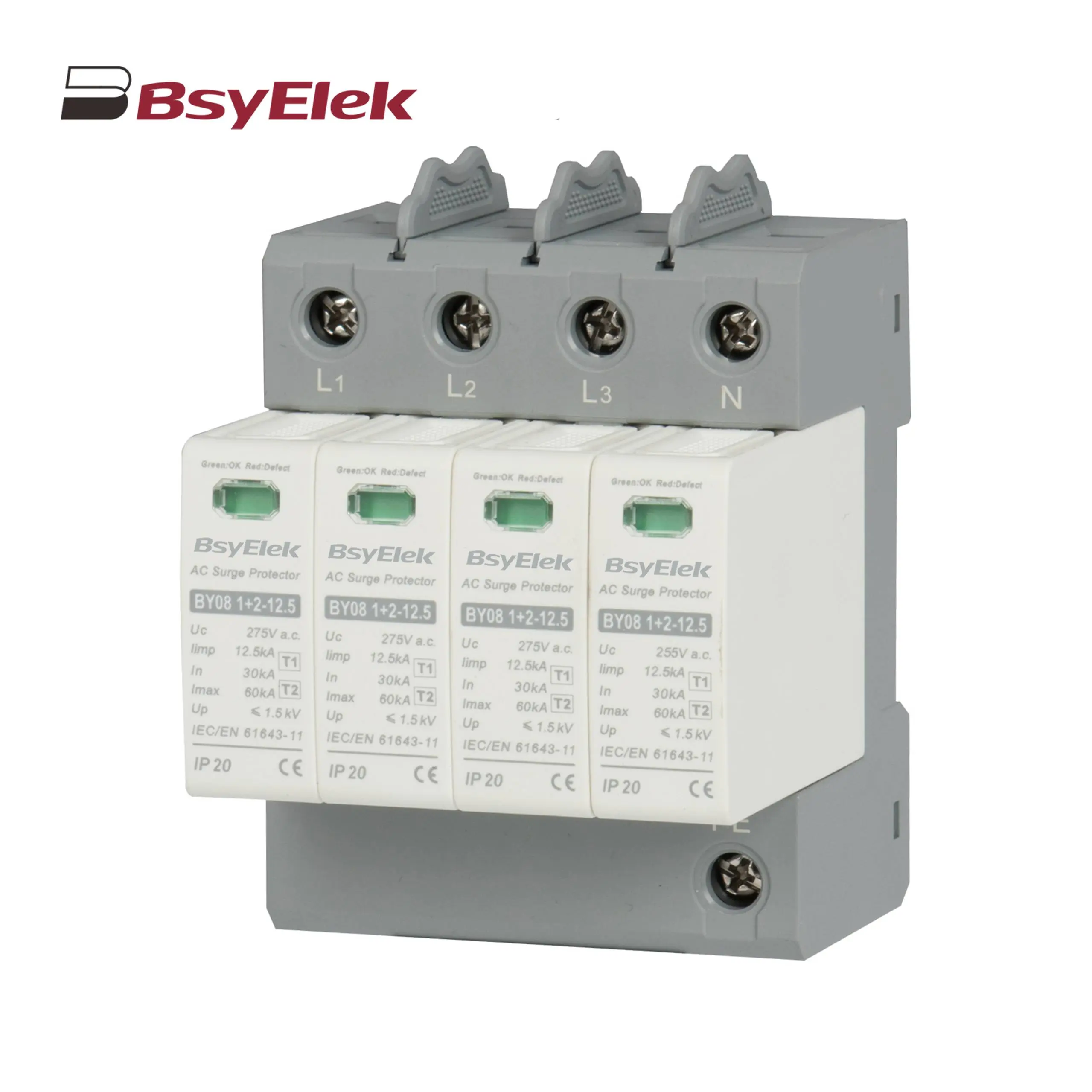 BY08 1+2-12.5 SPD Class T1+T2 Imax 60KA Surge Protective Device
BY08 1+2-12.5 SPD Class T1+T2 Imax 60KA Surge Protective Device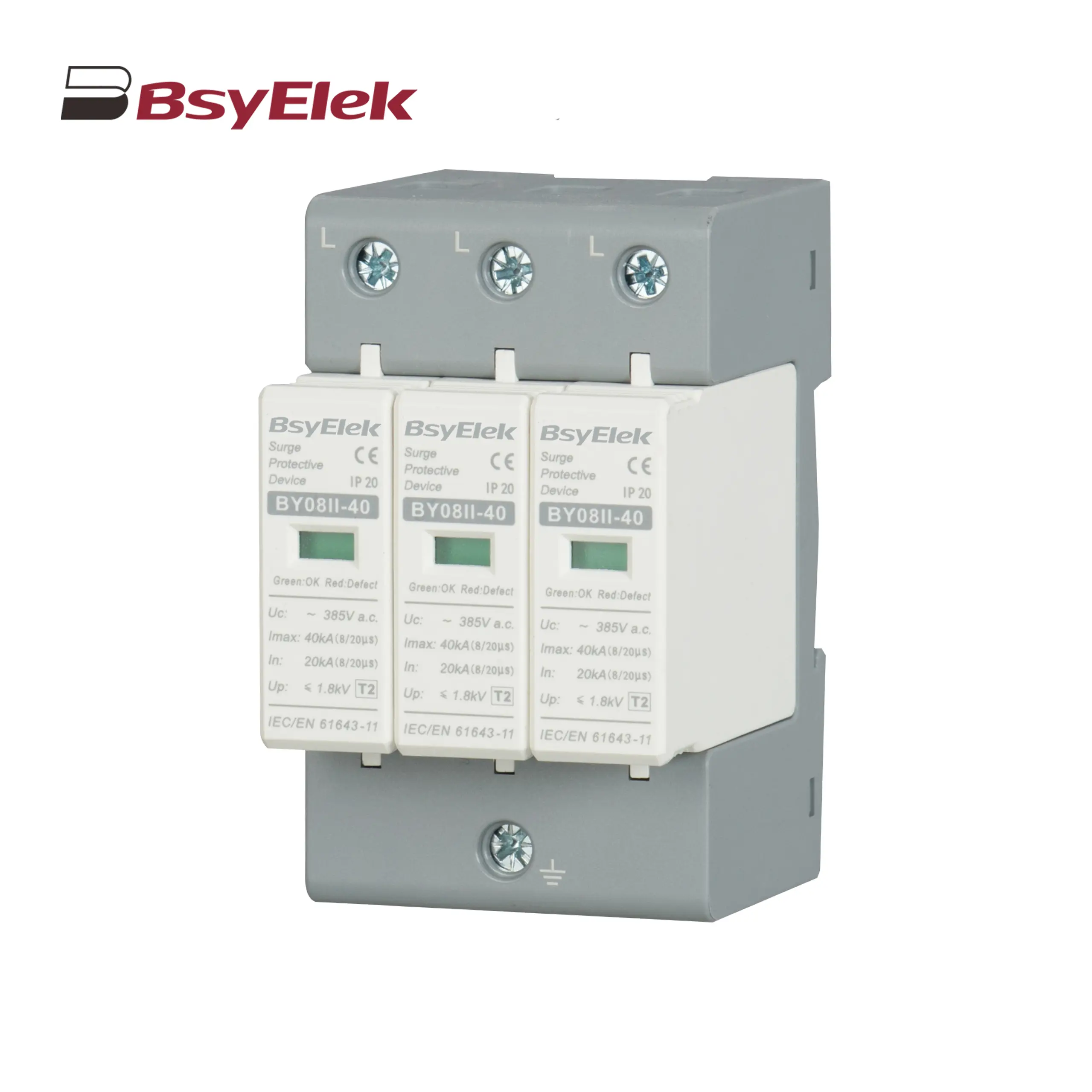 BY08II-40 SPD Class T2 Imax 40KA Surge Protective Device
BY08II-40 SPD Class T2 Imax 40KA Surge Protective Device BY19G 63A Manual Changeover Switch
BY19G 63A Manual Changeover Switch LWSF-125 125A Manual Changeover Switch
LWSF-125 125A Manual Changeover Switch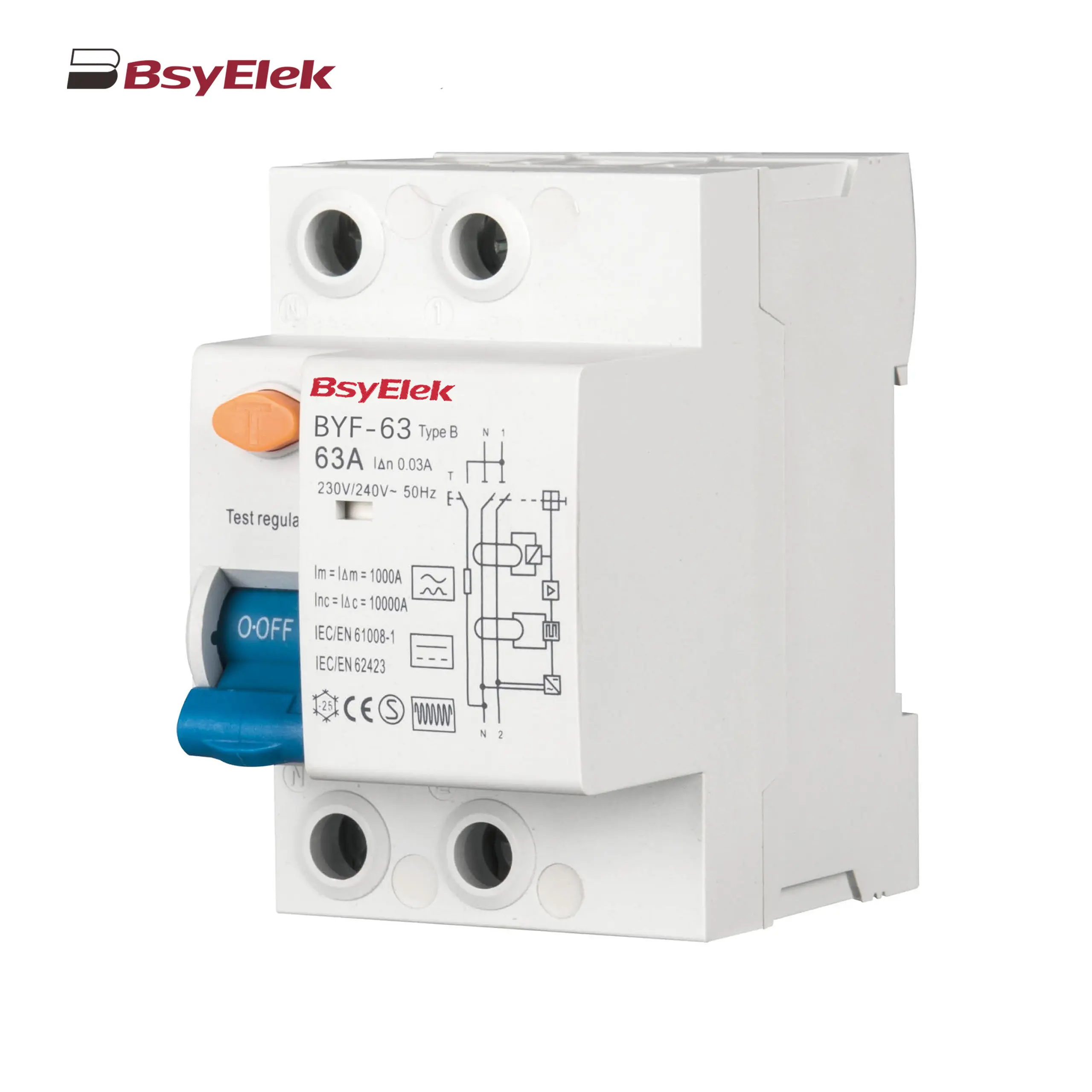 BYF-63 RCD 10KA Type B AC+A+Smoothing DC Residual Current Device
BYF-63 RCD 10KA Type B AC+A+Smoothing DC Residual Current Device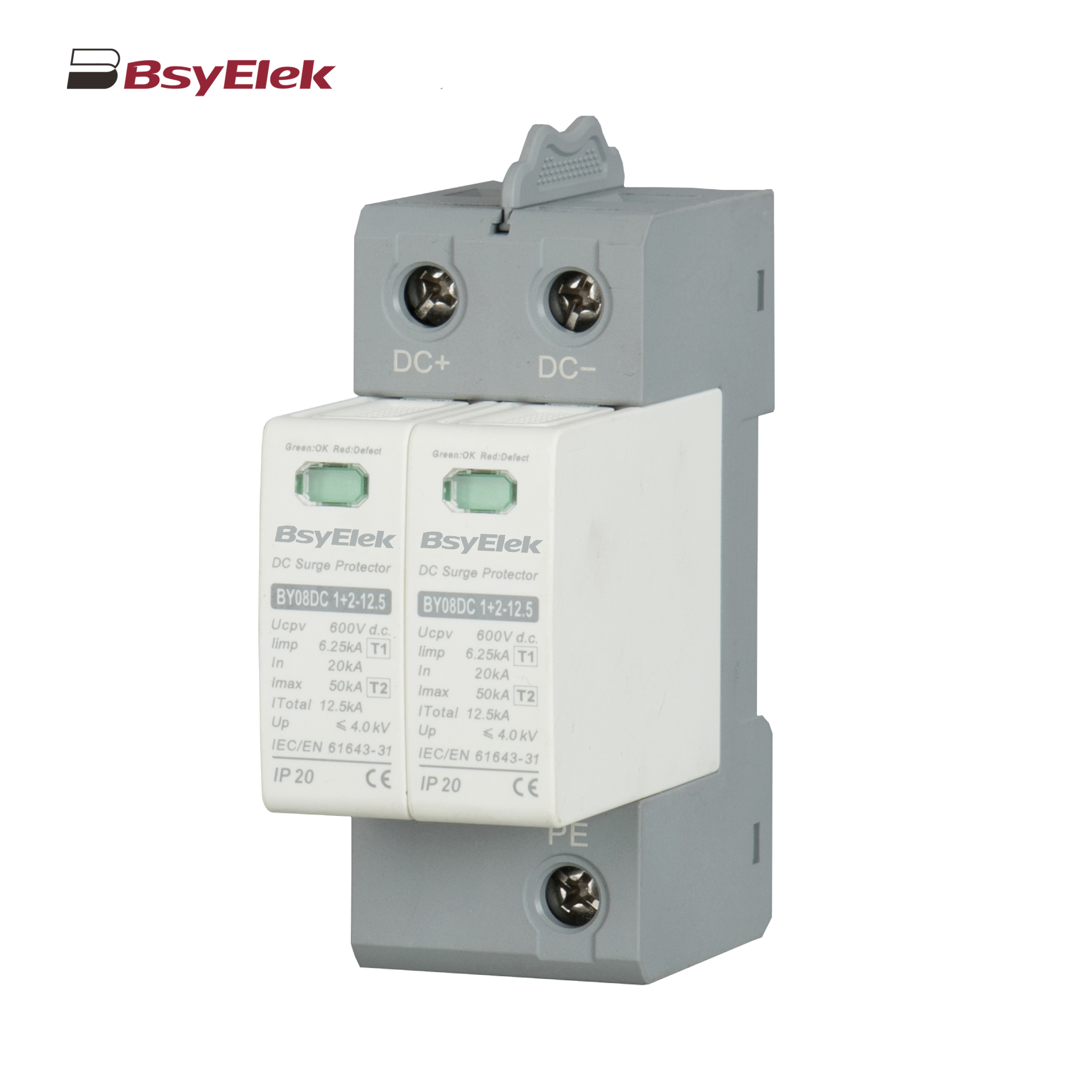 BY08DC 1+2-12.5 SPD Class T1+T2 40KA DC Surge Protective Device
BY08DC 1+2-12.5 SPD Class T1+T2 40KA DC Surge Protective Device BY08IIDC-40 SPD Class T2 40KA DC Surge Protective Device
BY08IIDC-40 SPD Class T2 40KA DC Surge Protective Device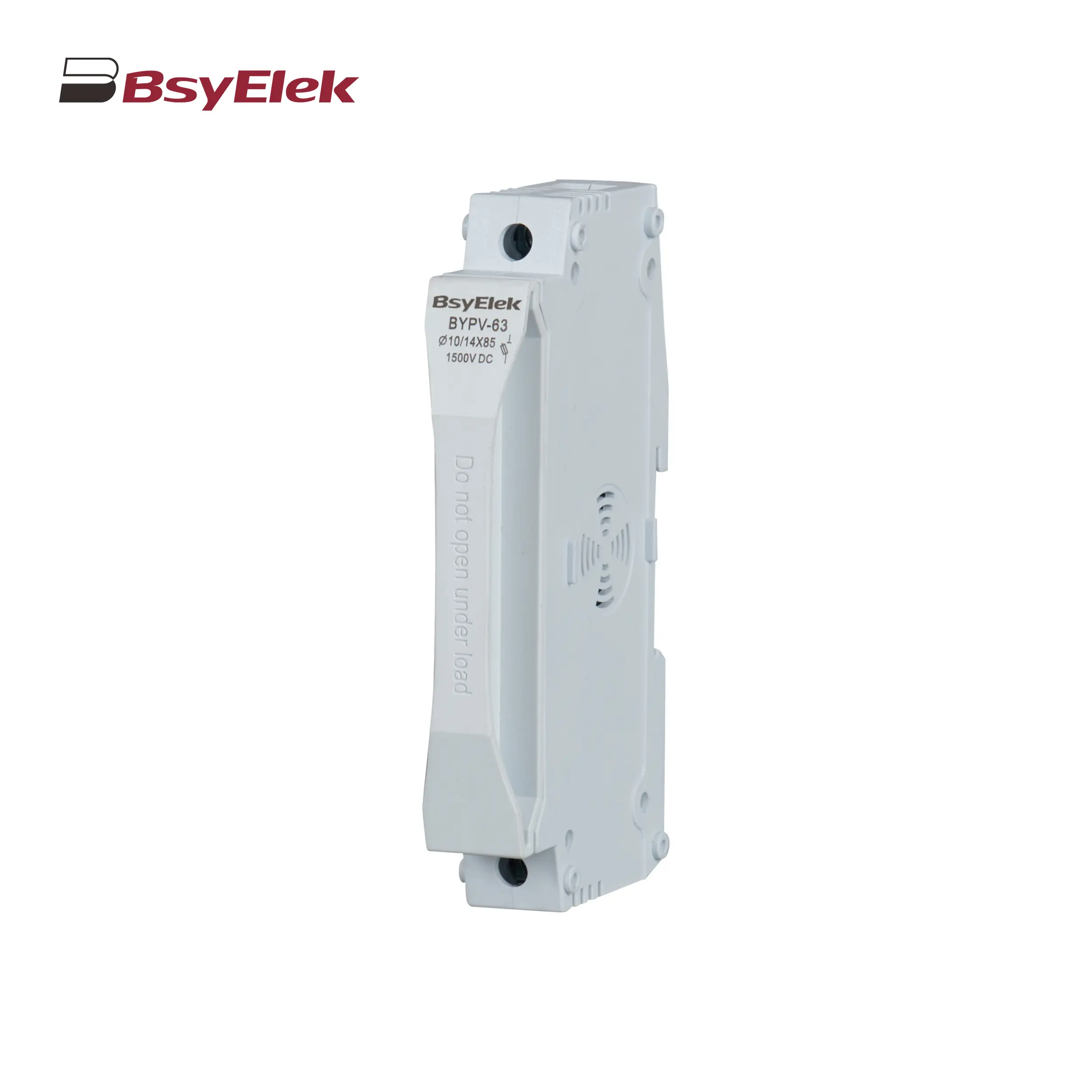 BYPV-63 1500VDC 50A Fuse Holder with 10x85mm 14x85mm Fuse Link
BYPV-63 1500VDC 50A Fuse Holder with 10x85mm 14x85mm Fuse Link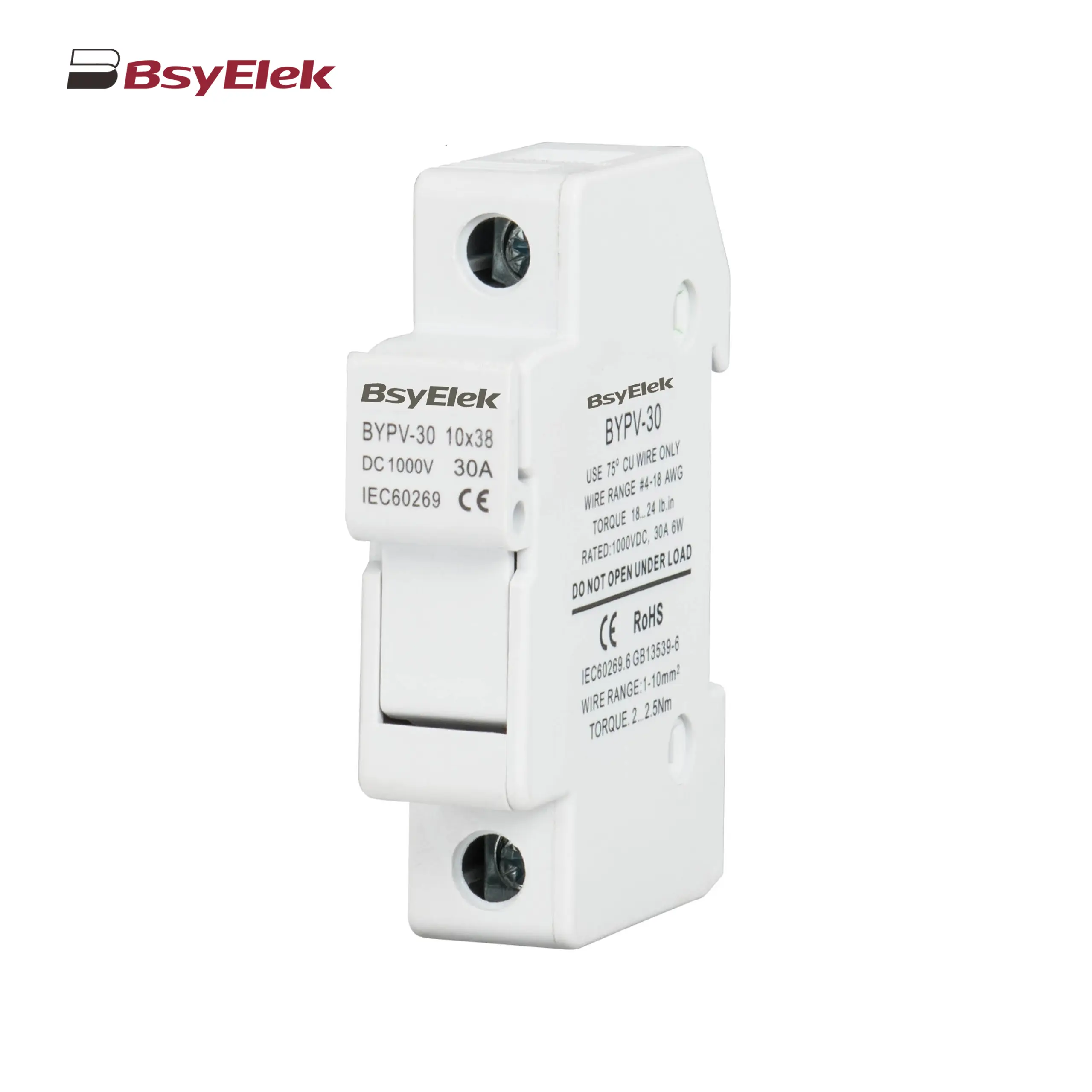 BYPV-30 1000VDC 32A Fuse Holder with 10x38mm Fuse Link
BYPV-30 1000VDC 32A Fuse Holder with 10x38mm Fuse Link BYPV-ELR2 PV Isolator Switch with Enclosed Version
BYPV-ELR2 PV Isolator Switch with Enclosed Version BYPV-ELR1 PV Isolator Switch with Enclosed Version
BYPV-ELR1 PV Isolator Switch with Enclosed Version BYPV-NL1/T PV Isolator Switch with Ultra-thin Lever Handle
BYPV-NL1/T PV Isolator Switch with Ultra-thin Lever Handle BYPV-NL1 PV Isolator Switch with Lever Handle
BYPV-NL1 PV Isolator Switch with Lever Handle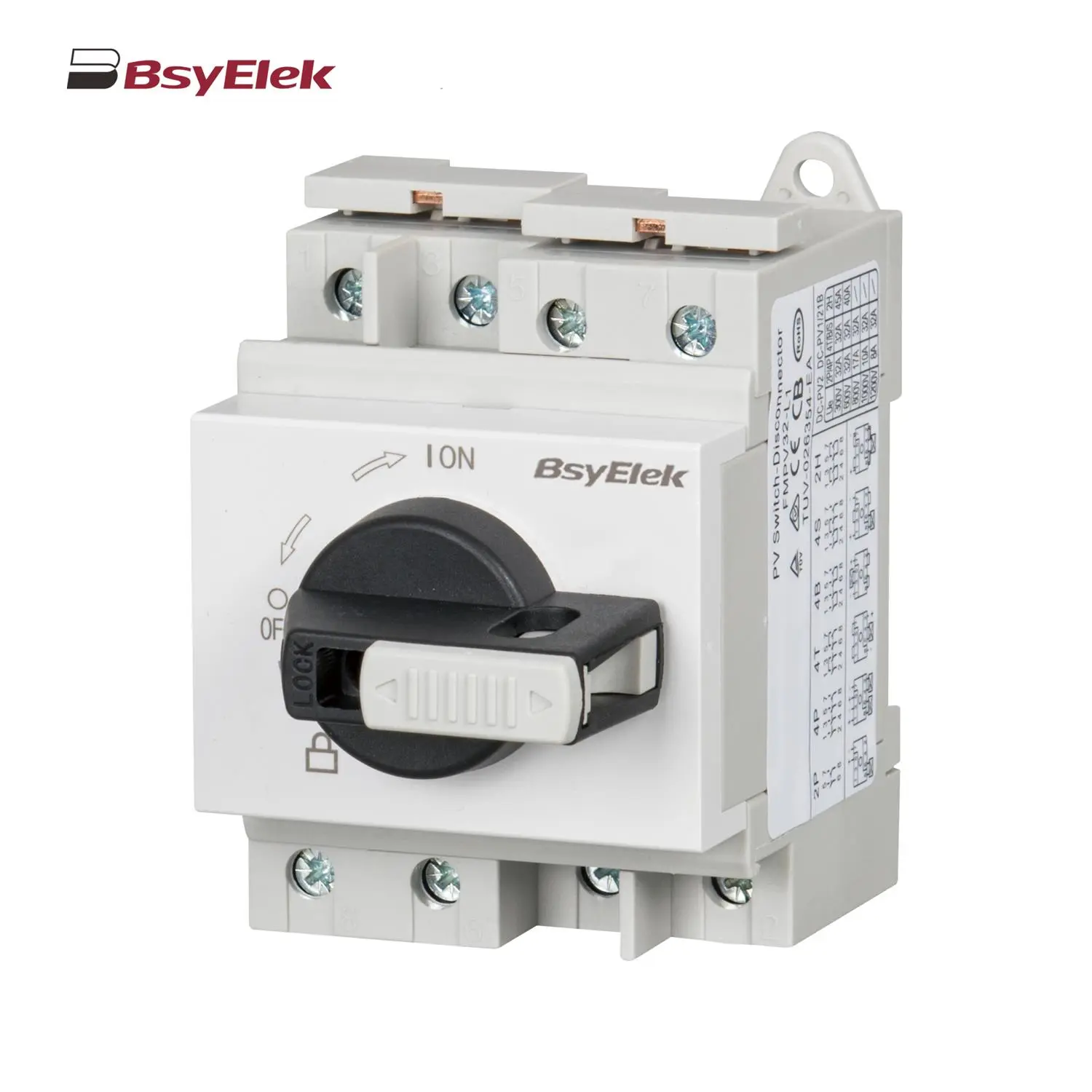 BYPV-L1/L2 PV Isolator Switch with Lockable Lever Handle
BYPV-L1/L2 PV Isolator Switch with Lockable Lever Handle PV-BY-01 30A/50A 1000V Photovoltaic Connector
PV-BY-01 30A/50A 1000V Photovoltaic Connector PV-BY-02 30A/50A 1500V Photovoltaic Connector
PV-BY-02 30A/50A 1500V Photovoltaic Connector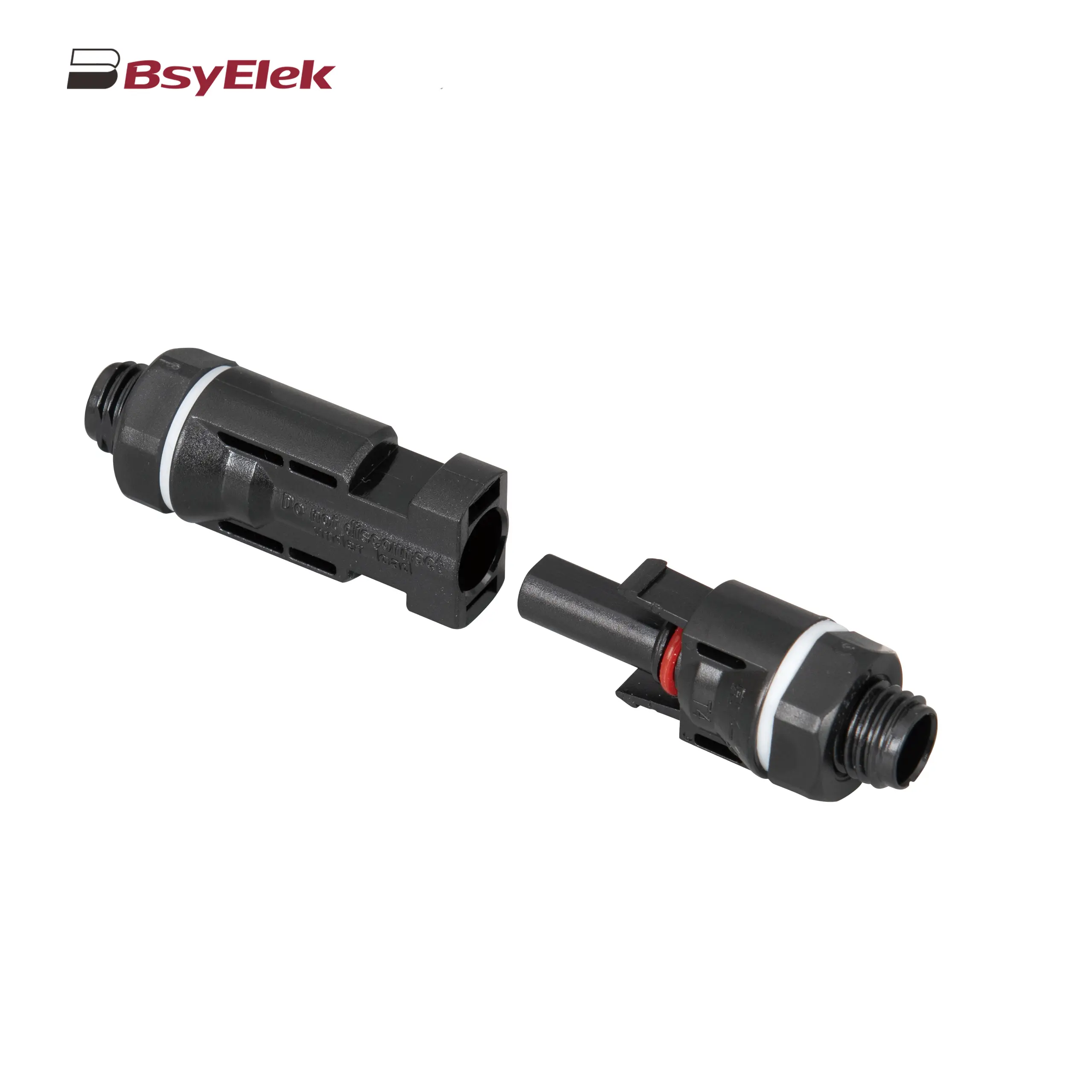 PV-BY-03 30A/50A 1000V Panel Mount Photovoltaic Connector
PV-BY-03 30A/50A 1000V Panel Mount Photovoltaic Connector PV-BY-F01 30A 1500V Diode/Fuse Type Connector
PV-BY-F01 30A 1500V Diode/Fuse Type Connector PV-BY-T 50A 1500V T Type Branch Connector
PV-BY-T 50A 1500V T Type Branch Connector PV-BY-Y 30A 1500V Y Type Branch Connector
PV-BY-Y 30A 1500V Y Type Branch Connector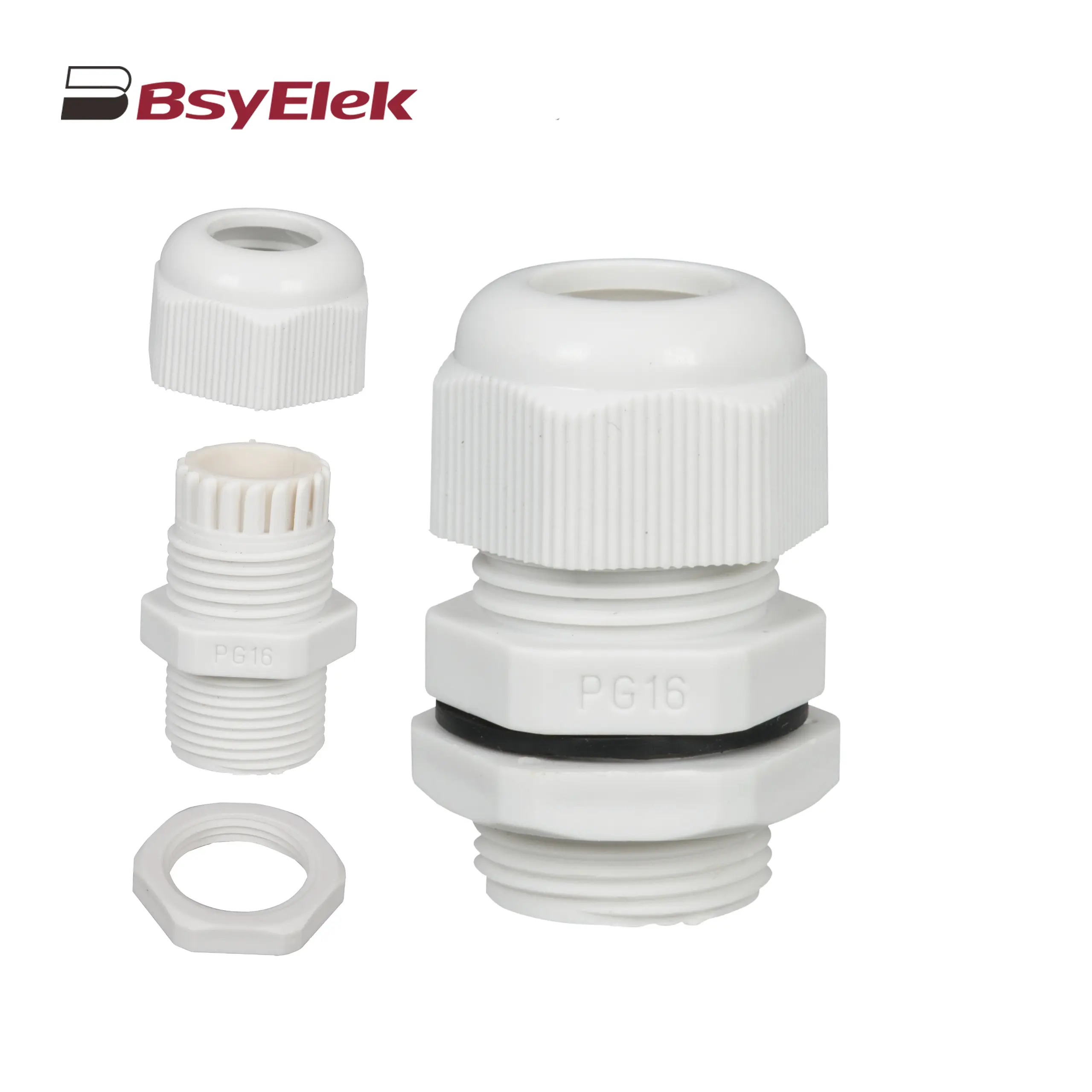 PG Waterproof Cable Gland with Washer
PG Waterproof Cable Gland with Washer Photovoltaic Cable
Photovoltaic Cable HD11N Photovoltaic Knife Switch
HD11N Photovoltaic Knife Switch BYM3DC MCCB Photovoltaic DC Molded Case Circuit Breaker
BYM3DC MCCB Photovoltaic DC Molded Case Circuit Breaker BYM1DC MCCB 1000VDC Thermal Magnetic Type DC Molded Case Circuit Breaker
BYM1DC MCCB 1000VDC Thermal Magnetic Type DC Molded Case Circuit Breaker BYM1E MCCB Electronic Type Molded Case Circuit Breaker
BYM1E MCCB Electronic Type Molded Case Circuit Breaker BYM1 MCCB Thermal Magnetic AC Molded Case Circuit Breaker
BYM1 MCCB Thermal Magnetic AC Molded Case Circuit Breaker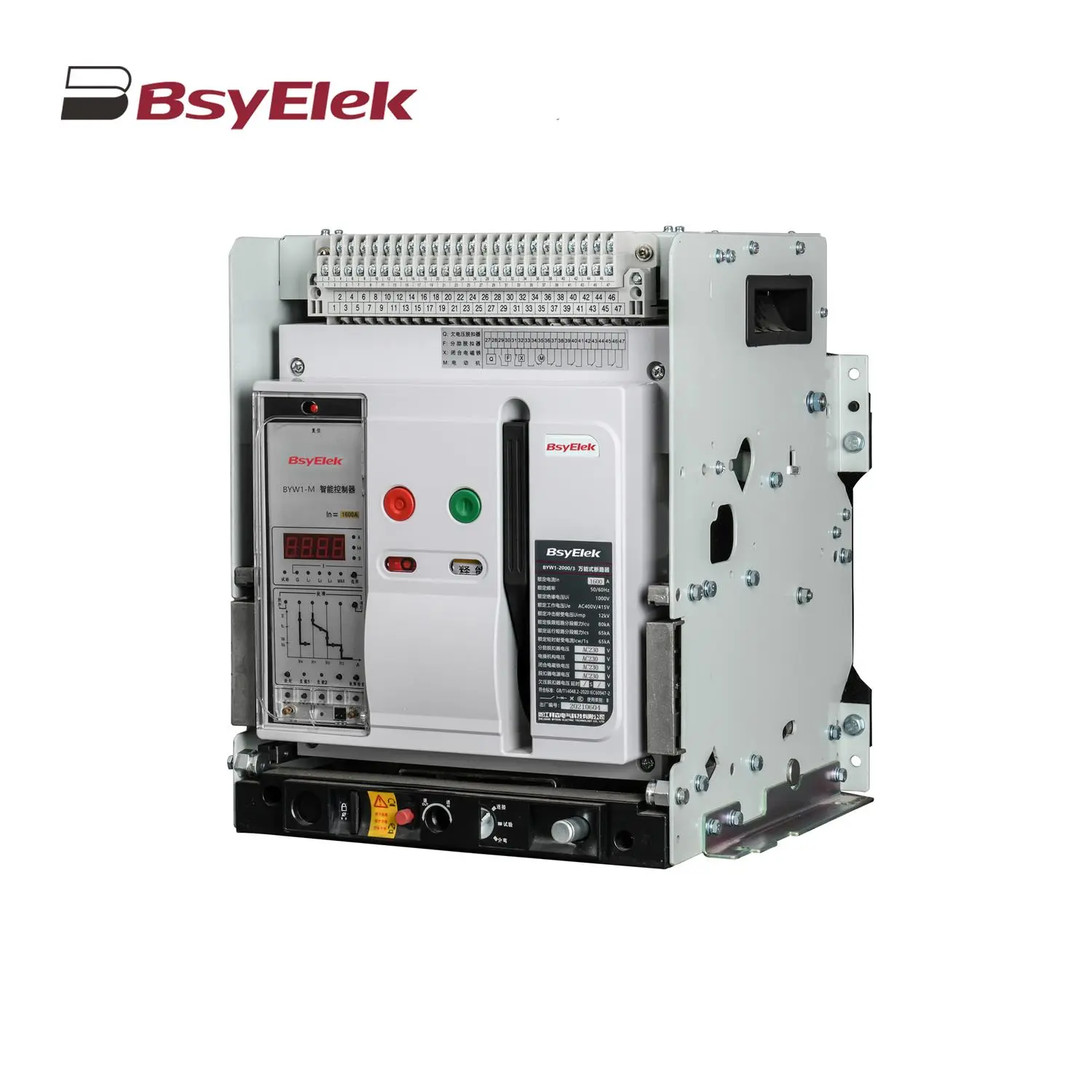 BYW1 ACB Intelligent Universal Air Circuit Breaker
BYW1 ACB Intelligent Universal Air Circuit Breaker BYQ1 ATS Isolated Type PC Level Dual Power Automatic Transfer Switch
BYQ1 ATS Isolated Type PC Level Dual Power Automatic Transfer Switch BYQ1 ATS Intelligent Type CB Level Dual Power Automatic Transfer Switch
BYQ1 ATS Intelligent Type CB Level Dual Power Automatic Transfer Switch BYQ1 ATS End Type CB Level Dual Power Automatic Transfer Switch
BYQ1 ATS End Type CB Level Dual Power Automatic Transfer Switch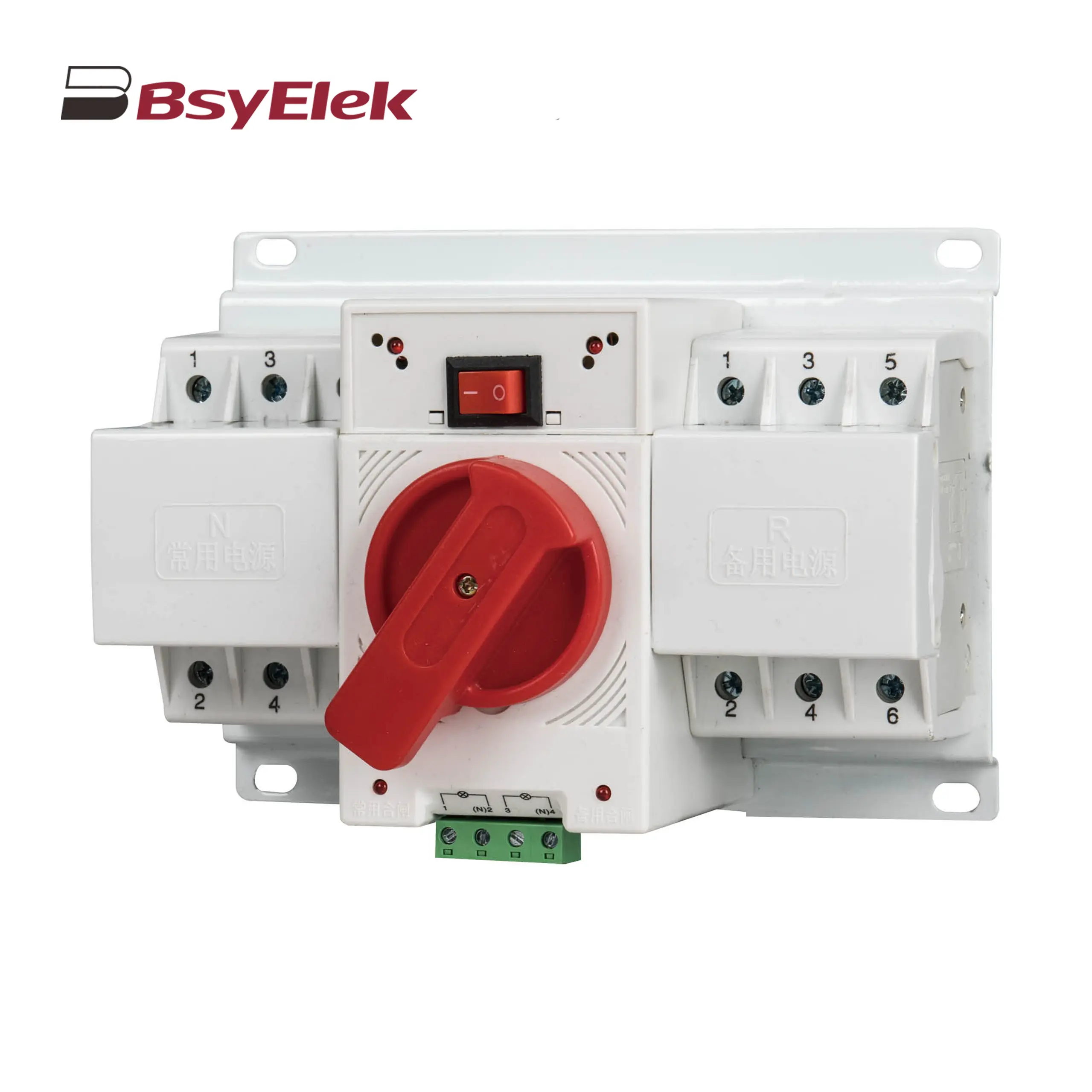 BYQ1 ATS Mini Type CB Level Dual Power Automatic Transfer Switch
BYQ1 ATS Mini Type CB Level Dual Power Automatic Transfer Switch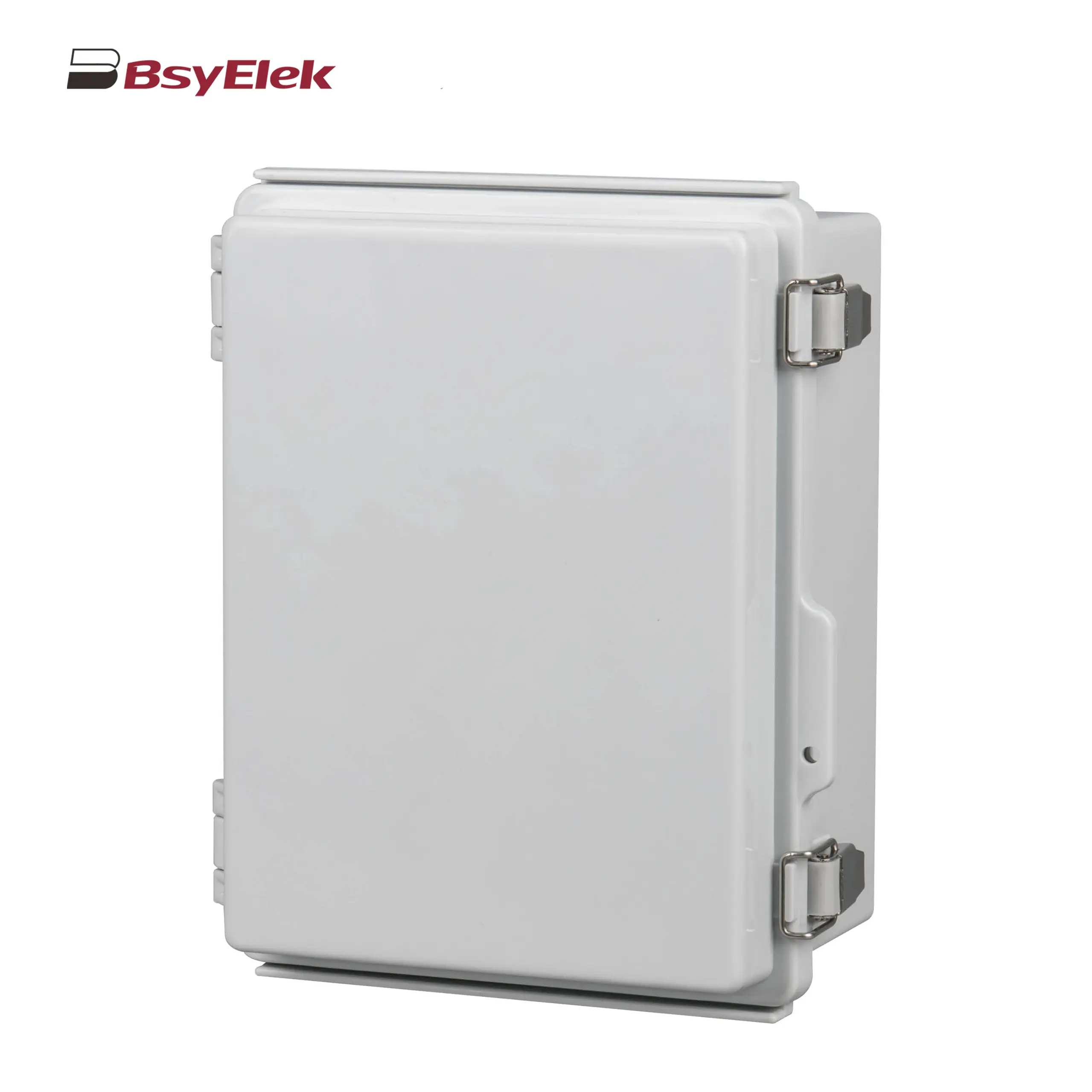 Stainless Steel Hinge Type Electrical Box
Stainless Steel Hinge Type Electrical Box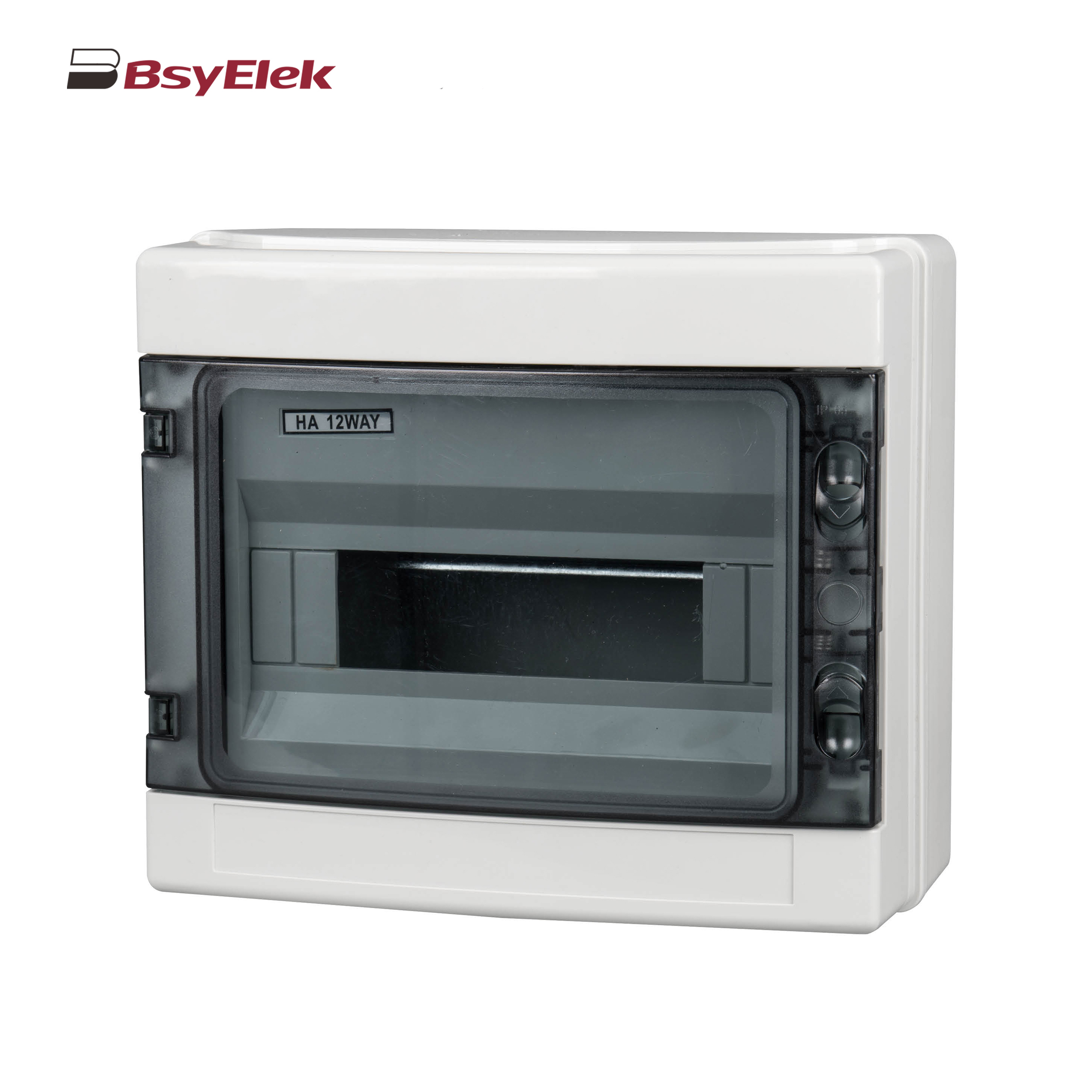 HA Waterproof Distribution Box
HA Waterproof Distribution Box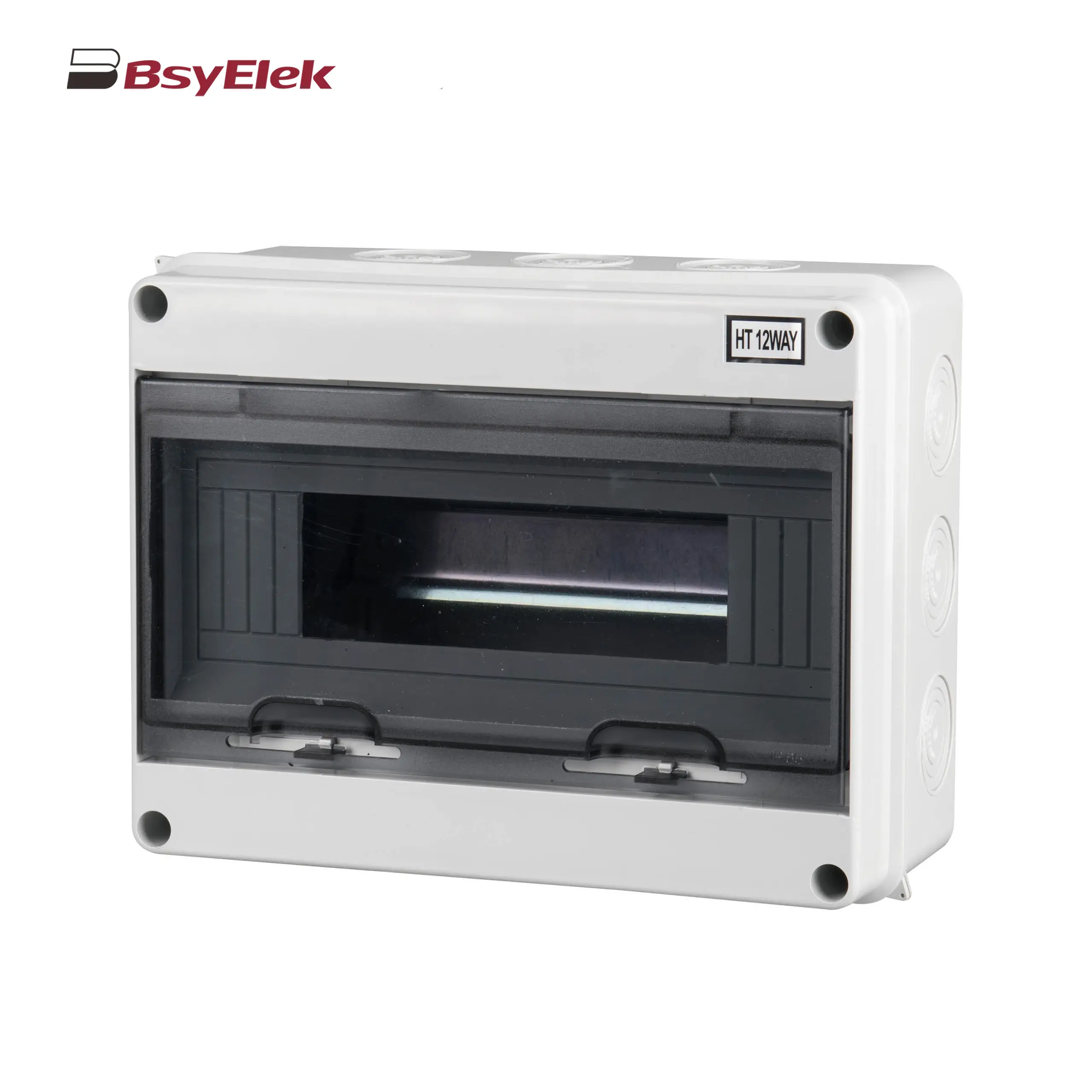 HT Waterproof Distribution Box
HT Waterproof Distribution Box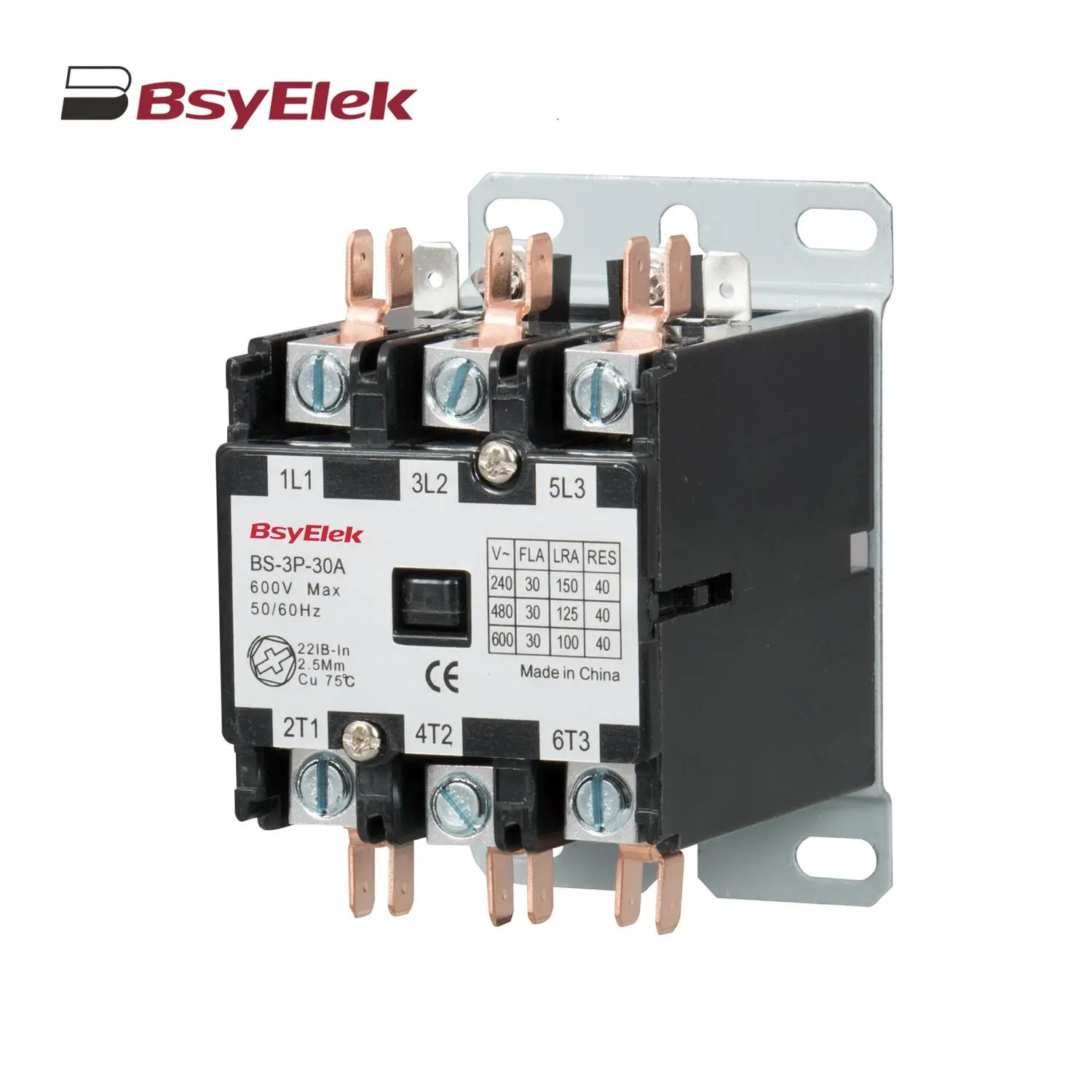 BS Definite Purpose Magnetic AC Contactor
BS Definite Purpose Magnetic AC Contactor
 Furthermore, Type B RCDs are designed for industrial settings that handle smooth DC currents, often found in solar panels and electric vehicle charging stations. Research by the
Furthermore, Type B RCDs are designed for industrial settings that handle smooth DC currents, often found in solar panels and electric vehicle charging stations. Research by the 
